Some of the world’s most stunning natural sites and iconic, man-made structures, “popular tourist sites,” might not be around. Thanks to factors like climate change and increased development project proposals in their areas, some of these popular tourist attractions are starting to shrink in size, sink, or erode.
From the breathtaking Alps to the iconic Taj Mahal, we’ve compiled a list of some of the most famous sites you should see before it’s too late.
01. Nearly two-thirds of the Great Wall of China has been damaged or destroyed by over-farming, natural erosion, and the selling of bricks that have historic engravings on them.
Sources: The Independent, CNN
The largest man-made structure in the world, the Great Wall of China, has survived for over 2,000 years as a favorite must-see destination. Still, recent over-farming has led to nearly two-thirds of the wall being damaged or destroyed. The wall could be reduced to ruins by erosion in as little as 20 years.
Source: The Guardian, The Independent
02. The iconic Taj Mahal in Agra, India, has been facing years of pollution and erosion that some experts believe could lead to its collapse.
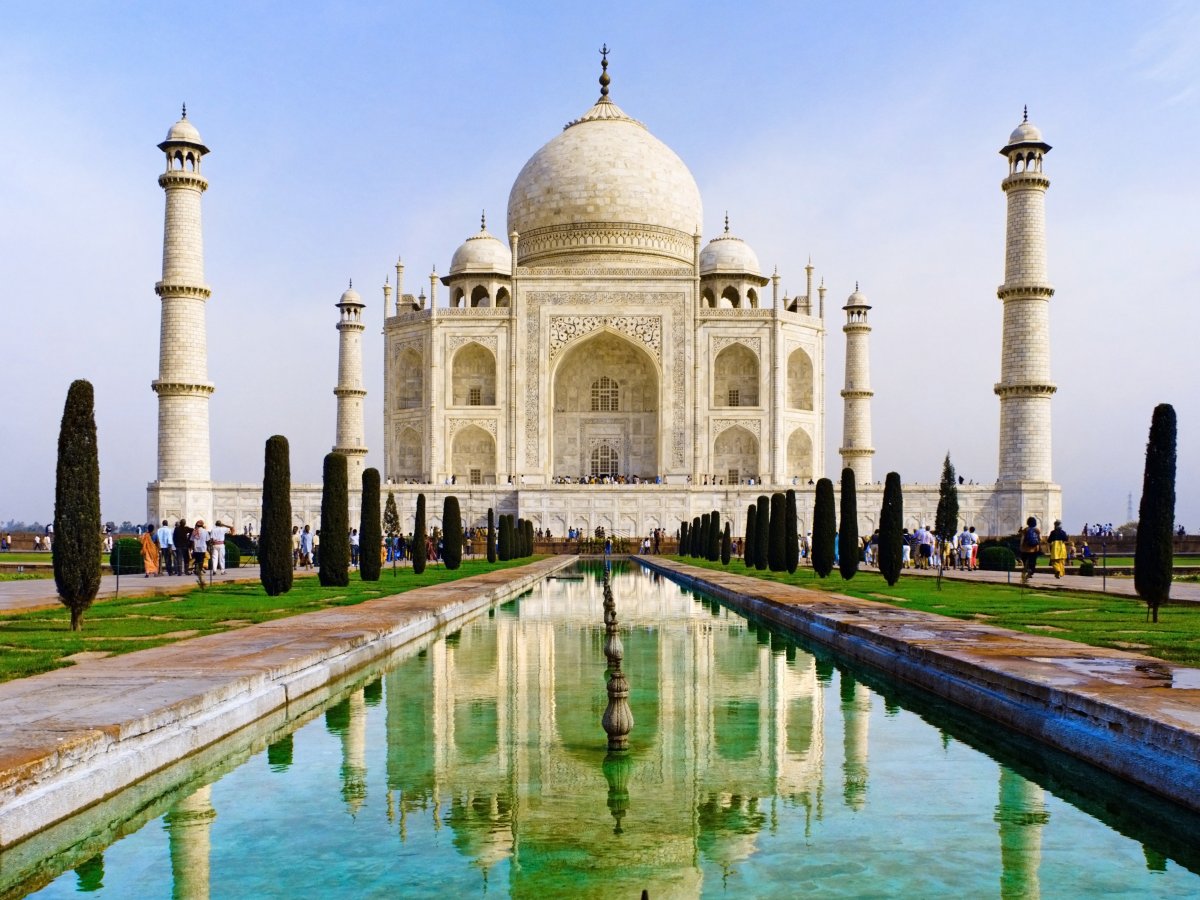 Shutterstock/Dmitry Strizhakov
Shutterstock/Dmitry Strizhakov
Sources: The Daily Mail, The Wall Street Journal
03. Known for its romantic gondola rides, Venice, Italy, has been sinking for years, with severe floods becoming more common over the last few years.
Source: Time
Get your gondola ride in soon because Venice has been sinking for several years and shows no signs of stopping. More severe floods in recent years are also contributing to the disappearance of the city of canals.
04. Cambodia’s Angkor Temple is the largest religious monument in the world, but the groundwater pumping in the nearby city of Siem Reap is causing some of the temples to sink. It was named the best tourist site in the world by Lonely Planet.
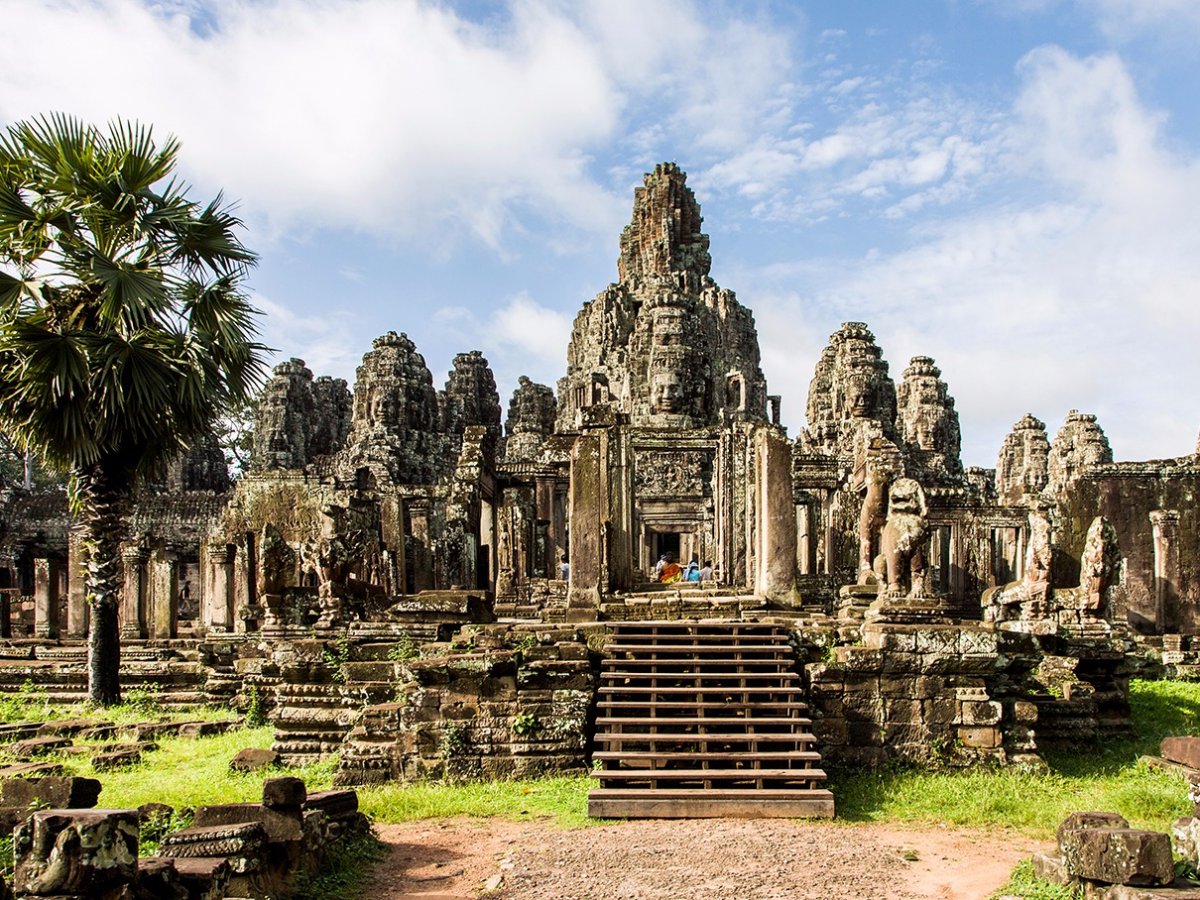 Shutterstock/Joakim Lloyd Raboff
Shutterstock/Joakim Lloyd Raboff
Source: USA Today
05. New York’s South Street Seaport is a waterfront district that once stood at the center of the city’s maritime industry. The site also made The National Trust for Historic Preservation’s list of the US’s 11 most endangered historic places this year, thanks to a series of development projects on the pier.
Source: The New York Times
06. The half-built city of Petra is one of Jordan’s main attractions. Still, the famous archaeological site has been receding in the last century due to a combination of wind, rain, and the constant touching of its walls by tourists — which is why you should avoid touching any of its perimeters when visiting the site.
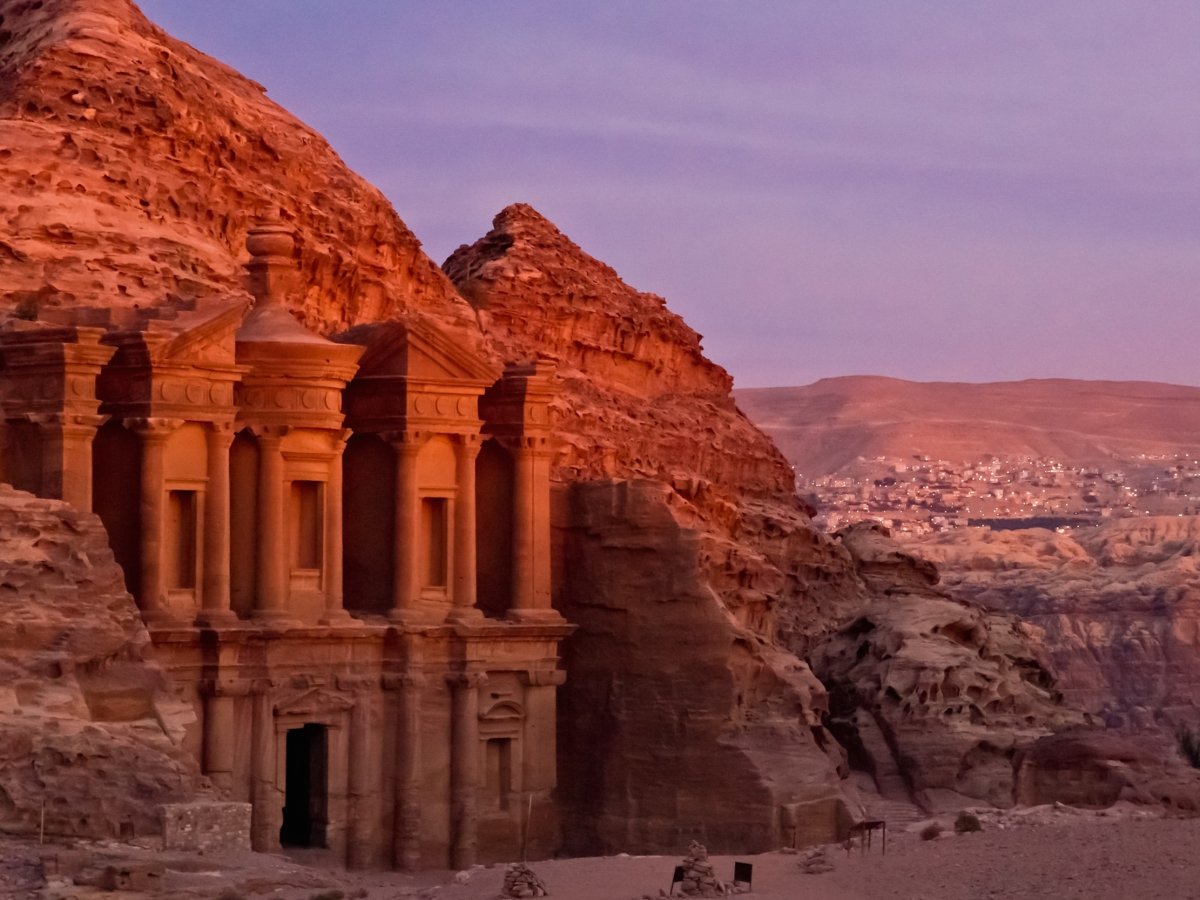 Shutterstock / Ralf Siemieniec
Shutterstock / Ralf Siemieniec
Source: CNN
07. The ancient Roman city of Pompeii, Italy, has been crumbling over the years due to rainstorms and improper water drainage. Already three distinct walls and an entire structure building have collapsed, and Italy’s UNESCO commissioner has declared that the site will one day collapse completely.
Source: CNN
08. Since the Alps sit at a lower altitude than other mountain ranges, their glaciers are increasingly prone to shrinking from climate change. The mountain range loses around 3% of its Alpine glacial ice each year, and some experts believe it could be gone entirely by 2050.
09. Surrounding construction, rising groundwater, and pollution have threatened the tombs, monuments, and pyramids of Egypt’s Memphis and its Necropolis.
Source: Time
10. One of America’s most iconic attractions, the Grand Canyon, was listed as one of the US’s 11 most endangered historic places by the National Trust for Historic Preservation. It was put on the list due to the increased development proposals that range from uranium mining to tourist resorts, which could lead to significant portions of the Grand Canyon and its primary water source being destroyed.
11. The walls of the Timbuktu mosques in Mali, built between the 14th and 16th centuries, are made mainly of mud, so increases in temperature and rainfall over the years have been causing a continued threat to their stability.
Source: Travel Channel
12. Concern is growing for winemakers in France’s famous vineyards, thanks to rising temperatures that may affect the ability to grow grapes.
Source: Travel Channel
13. The Bolivian city of Potosí is one of the highest in the world, with a height of 13,418 feet. Centuries of mining activity in the area have put the city at risk of collapsing, with a portion of the summit crumbling.
Source: CNN
14. Officials in Hawaii are working to try and maintain the large amounts of sand disappearing from Waikiki Beach each year. One-fourth of the sand on the island is already gone, and crews continue to pump sand from offshore channels to try and maintain the area.
Sources: Huffington Post, KITV Channel 4
15. The Michoacán Mountains in Mexico are famous for housing 200 million or so monarch butterflies that tourists have come to see for years. With illegal deforestation destroying the trees that the butterflies use for protection, their population is at high risk.
Source: Forbes
16. The historic center and docklands of the maritime city of Liverpool were named a UNESCO World Heritage Site in 2004. But the iconic home of The Beatles has been put on the UNESCO List of World Heritage in Danger thanks to an $8.7 billion construction development project being proposed in the area.
Source: CNN
17. Michelangelo’s frescoes illuminating Vatican’s Sistine Chapel have been damaged due to millions of tourists who forgo the ban on flash photography to snap a picture. Carbon dioxide emission can also damage the artwork, so a new heating and cooling system was installed.
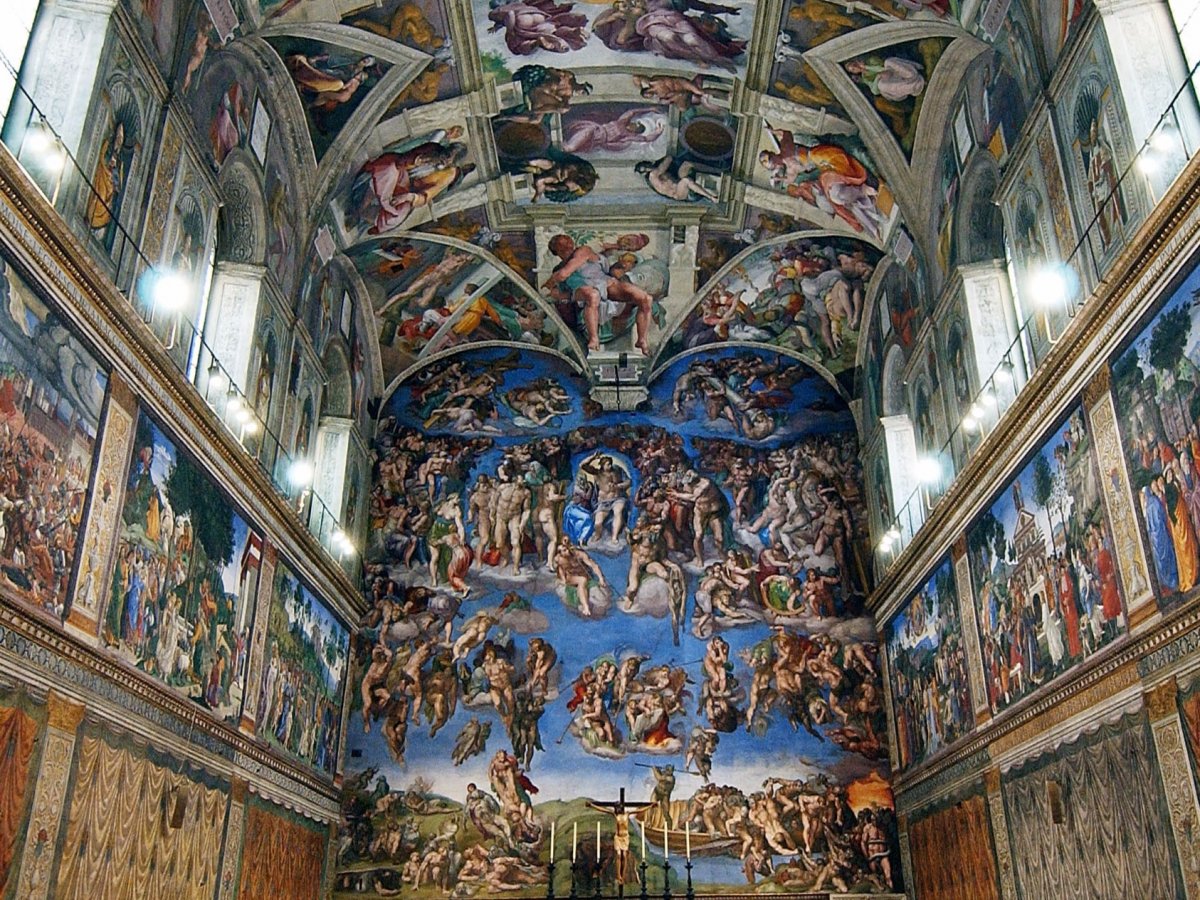 Eric Vandeville-Vatican Pool/Getty Images
Eric Vandeville-Vatican Pool/Getty Images
Source: CNN
18. The Dead Sea, bordering Jordan and Israel, is known for its mineral-rich waters, but as residents continue to use water from the River Jordan — where the Dead Sea draws its water from — it is in danger of disappearing in the next 50 years.
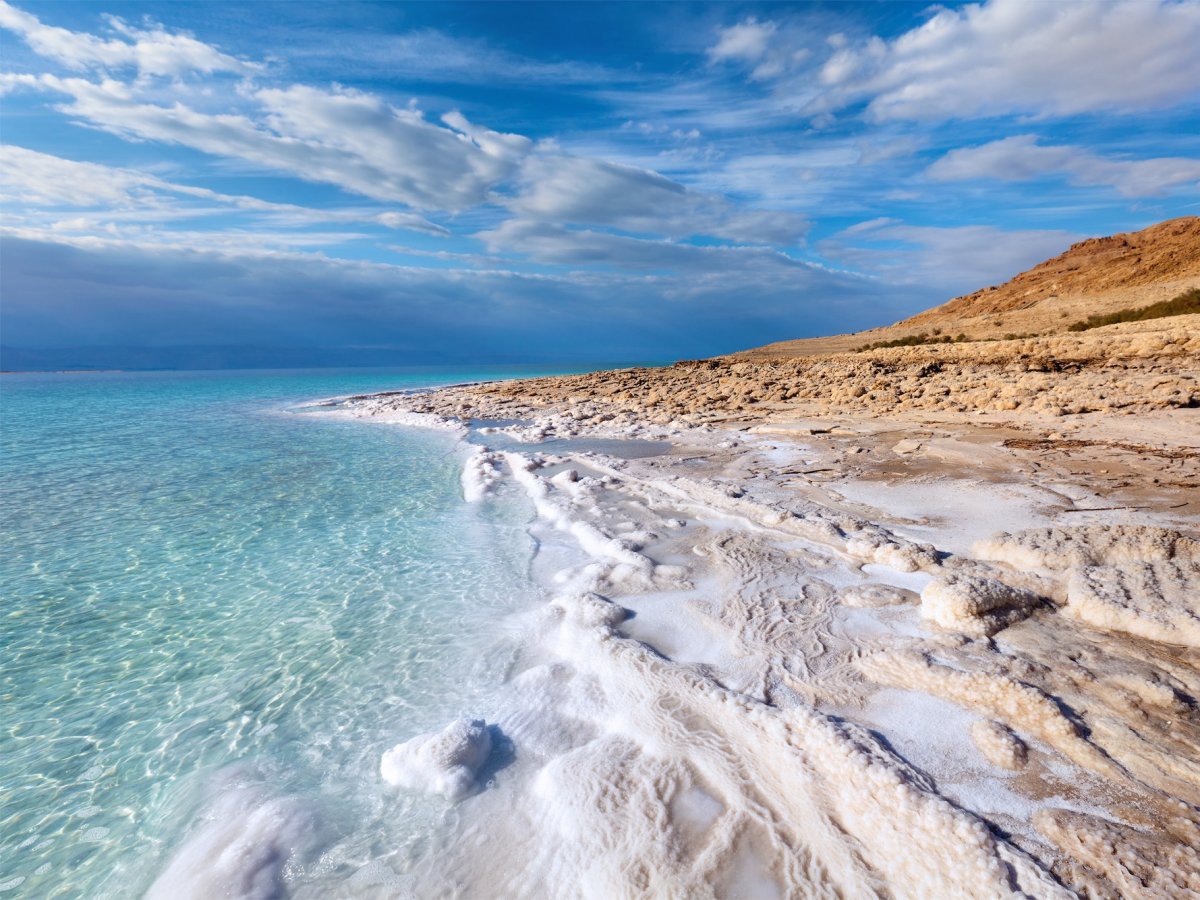 Shutterstock / Nickolay Vinokurov
Shutterstock / Nickolay Vinokurov
Source: Time
19. Italy’s Royal Palace of Caserta is the world’s largest by volume and is a UNESCO World Heritage Site. Unfortunately, its roof collapsed last year, and renovation plans remain delayed due to bureaucratic issues.
Source: CNN
20. Cincinnati Union Terminal, in Ohio, once stood as a railway before being converted into a museum. The building faces water-based damages and requires construction repairs, which is why it made the National Trust’s 2014 list of the US’s most endangered historic places.
Source: CNN
Places You Should Visit Before They Disappear
Earth is home to incredible natural sites. But because of climate change and human carelessness, some are in danger of disappearing in the next 100 years — or even sooner.
In honor of Earth Day, we found 20 places all travelers should see while they still exist. From ancient Mayan ruins in Guatemala to the Swiss Alps, these threatened natural wonders span the globe.
21. A popular destination for honeymooners or paradise-seekers, the islands of Seychelles — located in the Indian Ocean off the coast of Madagascar — are vanishing because of beach erosion. They’re in danger of completely disappearing in the next 50 to 100 years.
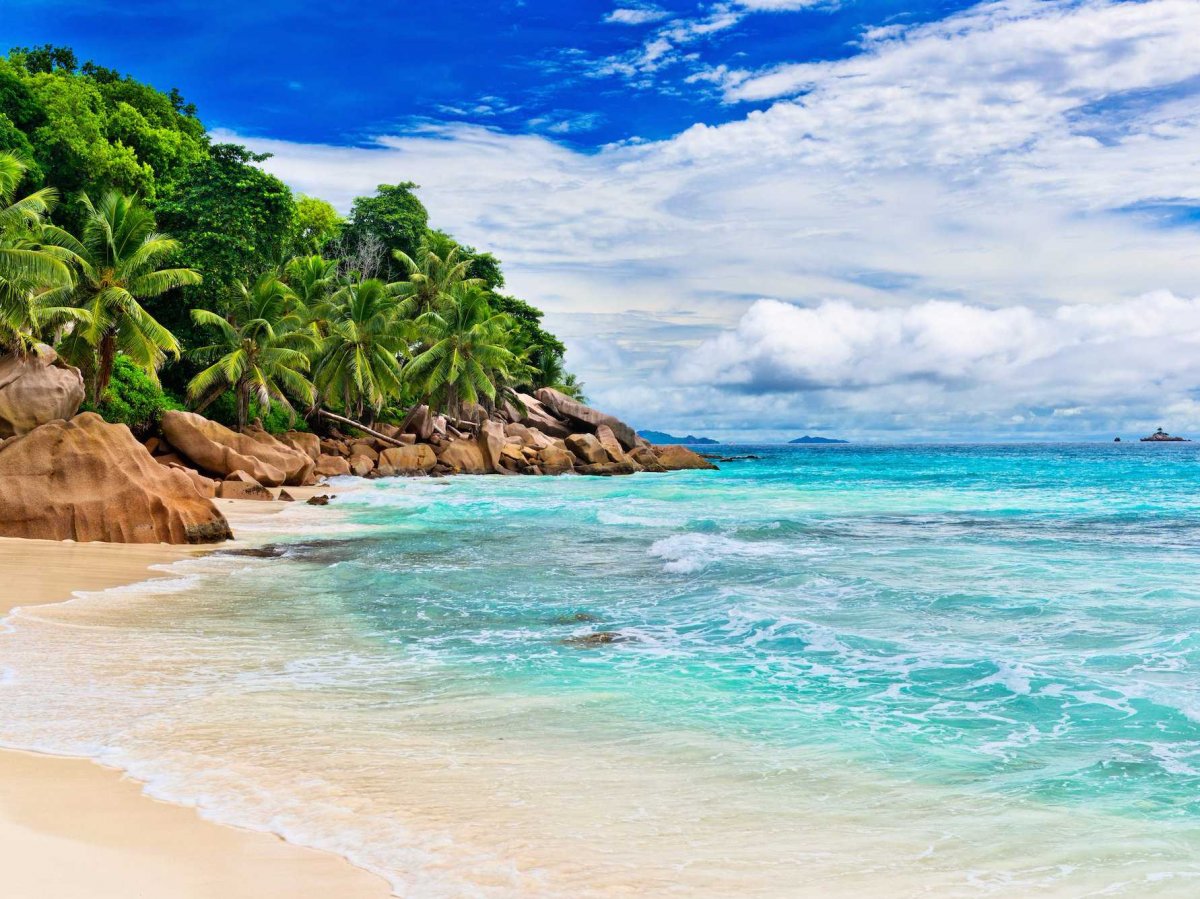 Shutterstock / Vitaly Raduntsev
Shutterstock / Vitaly Raduntsev
Source: Time
22. The picturesque snow that tops Mount Kilimanjaro in Tanzania may not last much longer. From 1912 to 2007, Kilimanjaro’s ice sheet had shrunk by a whopping 85%.
Source: CNN
23. The Mirador Basin and Tikal National Park in Guatemala are home to the mysterious ruins of Mayan civilization. However, illegal looting and forest burning may destroy this piece of history.
24. A province of Cádiz, nestled in the mountains of Andalusia in southern Spain, Zahara de la Sierra, is losing its wildlife and greenery because of a rise in temperature and a drop in rainfall in recent years.
25. The shores of North Carolina’s Outer Banks are eroding the land they border, putting landmarks such as the Cape Hatteras Lighthouse — which dates back to 1870 — in danger.
26. Madagascar’s forests are predicted to exist for only another 35 years because of many fires and mass deforestation.
Source: The Huffington Post
27. The number of glaciers in Montana’s Glacier National Park has decreased to fewer than 25 from 150; in another 15 years, there may be none left.
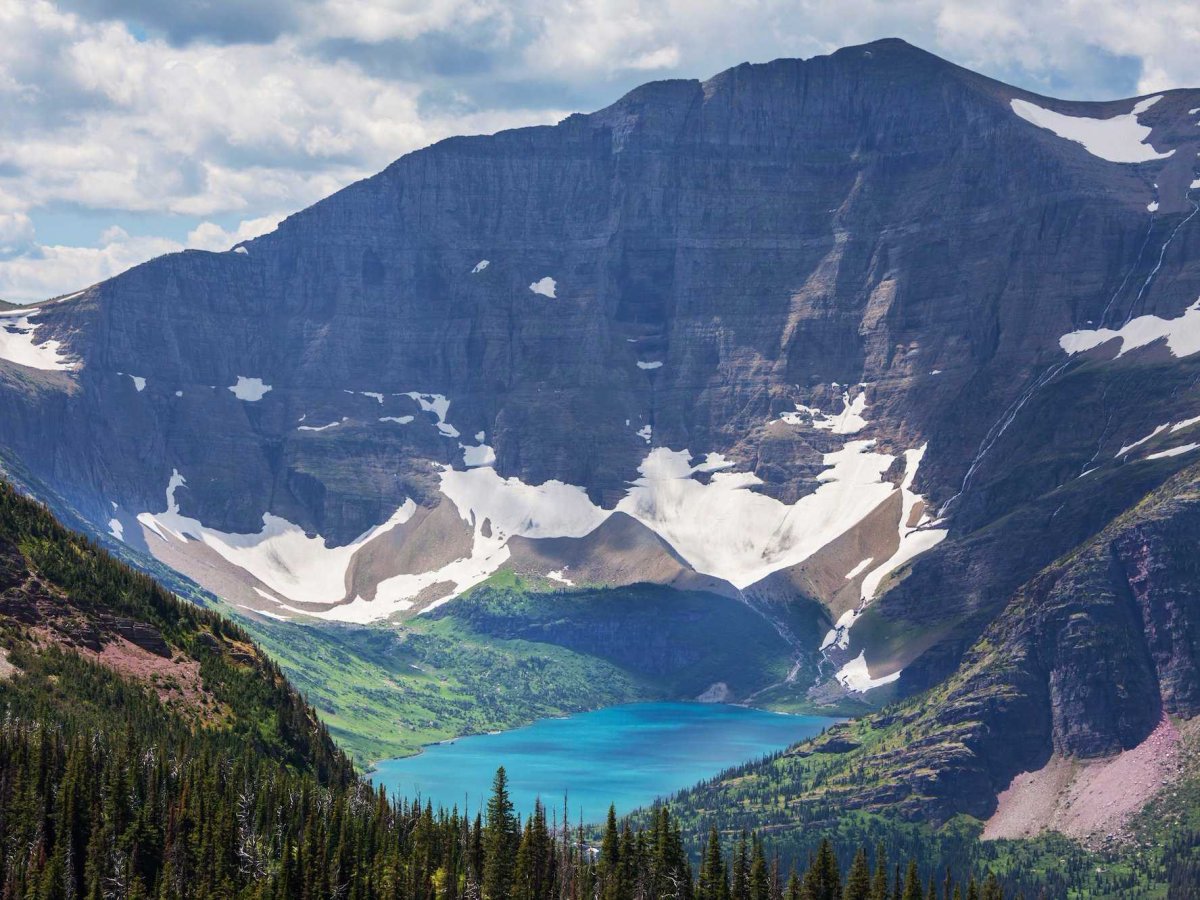 Shutterstock / Galyna Andrushko
Shutterstock / Galyna Andrushko
Source: Time
28. A combination of too many tourists and foreign species that don’t belong is threatening the ecosystem and unique native species of the Galapagos Islands, a group of islands off the coast of Ecuador.
29. Africa’s Congo Basin, the world’s second-largest rainforest, is also one of the most biodiverse areas, with over 10,000 plant species, 1,000 bird species, and 400 mammal species. In the past few years, the 1.3-million-square-mile forest has been decreasing rapidly because of illegal mining, and the United Nations predicts two-thirds of it may be gone entirely by 2040.
30. The Florida Everglades has been called the most threatened park in the US. Too much water, new species, and urban development are all part of the problem.
Source: Florida Museum of Natural History
31. Bad news for hikers and winter sports fans: Climate change strongly affects the Alps because they’re at a lower altitude than other mountain ranges, such as the Rockies. Every year, the European mountain range loses around 3% of glacial ice, which means that by 2050 there might not be any more glaciers.
Source: Time
32. The world’s largest coral reef, Australia’s Great Barrier Reef, has decreased by more than half its size because of rising temperatures in the past 30 years. Increased acid pollution has also begun to lead to coral bleaching, slowly turning its famed vibrant corals white. Scientists predict the site could be gone entirely by 2030.
Source: Time
33. Egypt’s pyramids and Great Sphinx are facing erosion from pollution. As sewage is weakening the plates they stand on, there are concerns that the breakdown may eventually lead to their complete collapse.
Source: Frommer’s
34. At an impressive 2.1 million square miles, Brazil’s Amazon is the largest rainforest in the world. It’s home to the world’s most diverse species, but the expansion of agriculture could destroy the rainforest.
Source: The Guardian, National Geographic
35. The Maldives, an island nation in the Indian Ocean, is slowly sinking because of climate change. Scientists predict that within 100 years, it will be completely submerged.
Source: BBC News
36. Big Sur in California is known for offering up-close whale watching. Still, recent droughts and wildfires are significantly harming the coastal region and leading to fewer sightings of mammals each year.
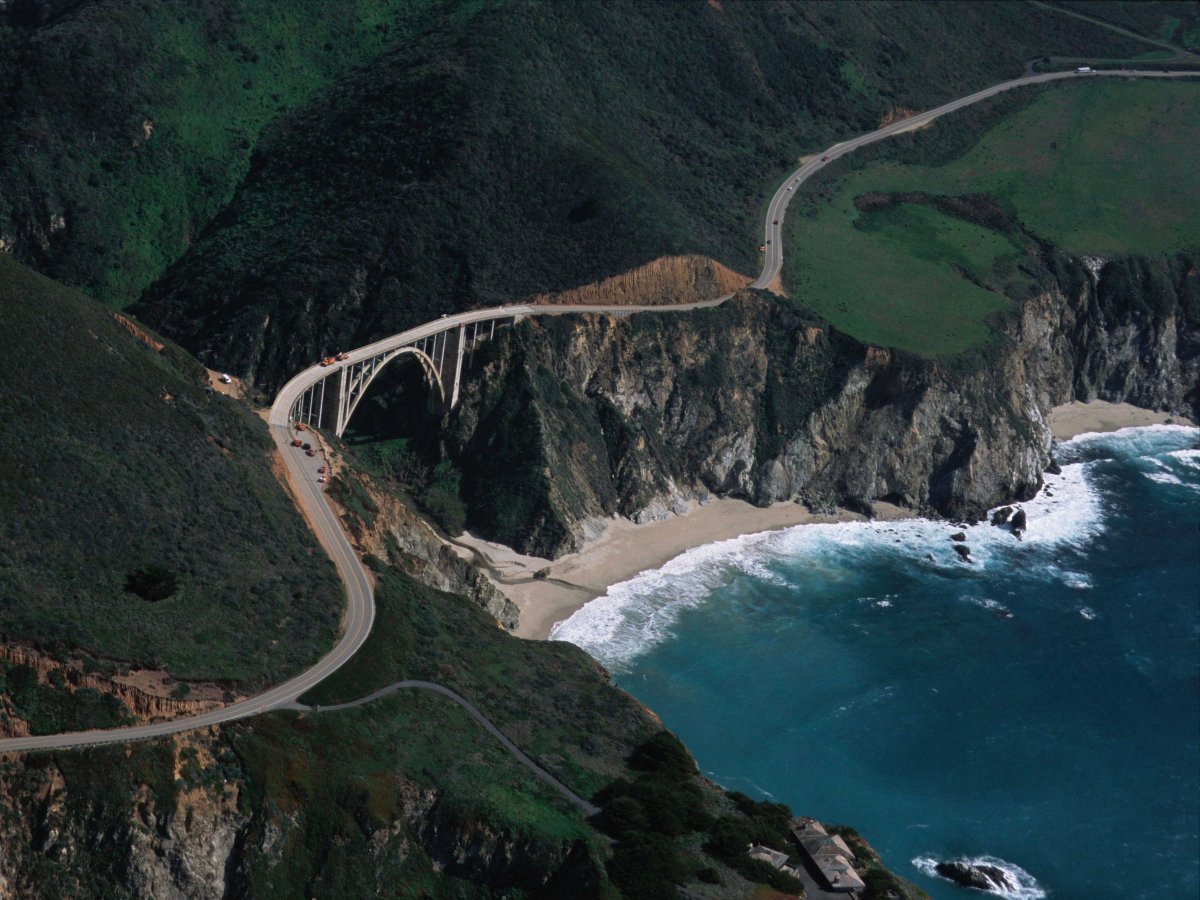 Getty Images Ltd. From 100 Places to Go Before They Disappear, published by Abrams.
Getty Images Ltd. From 100 Places to Go Before They Disappear, published by Abrams.
Source: PBS
Like what you’re reading? Subscribe to our top stories.














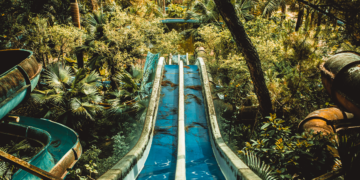





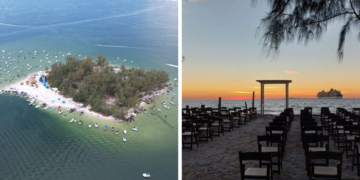
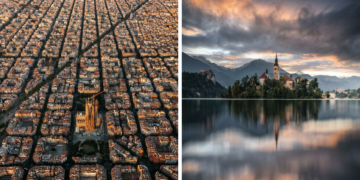
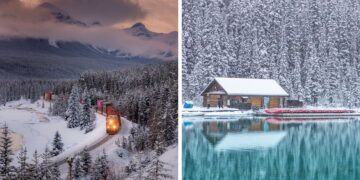
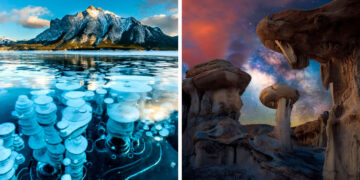

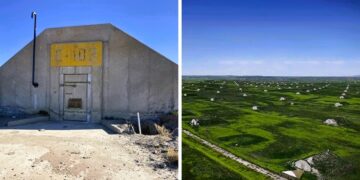







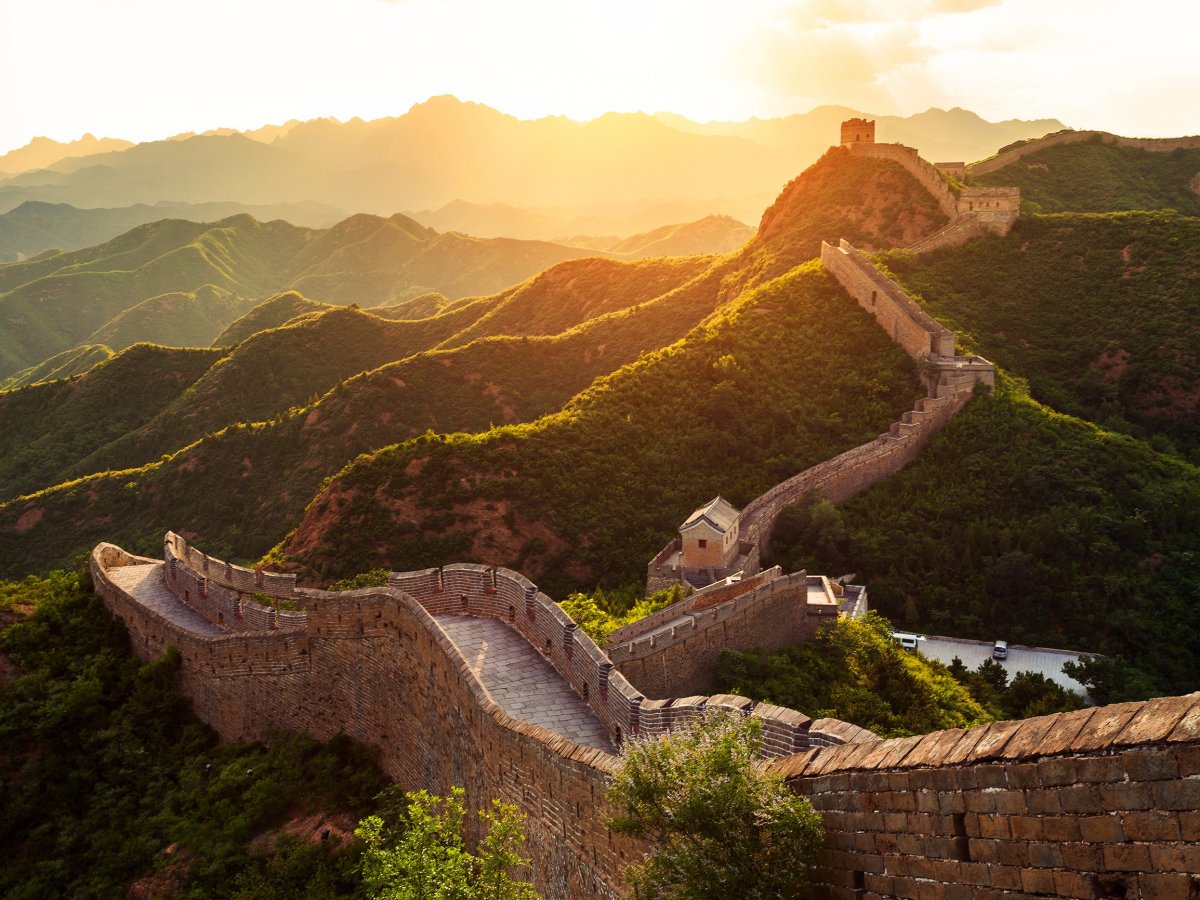
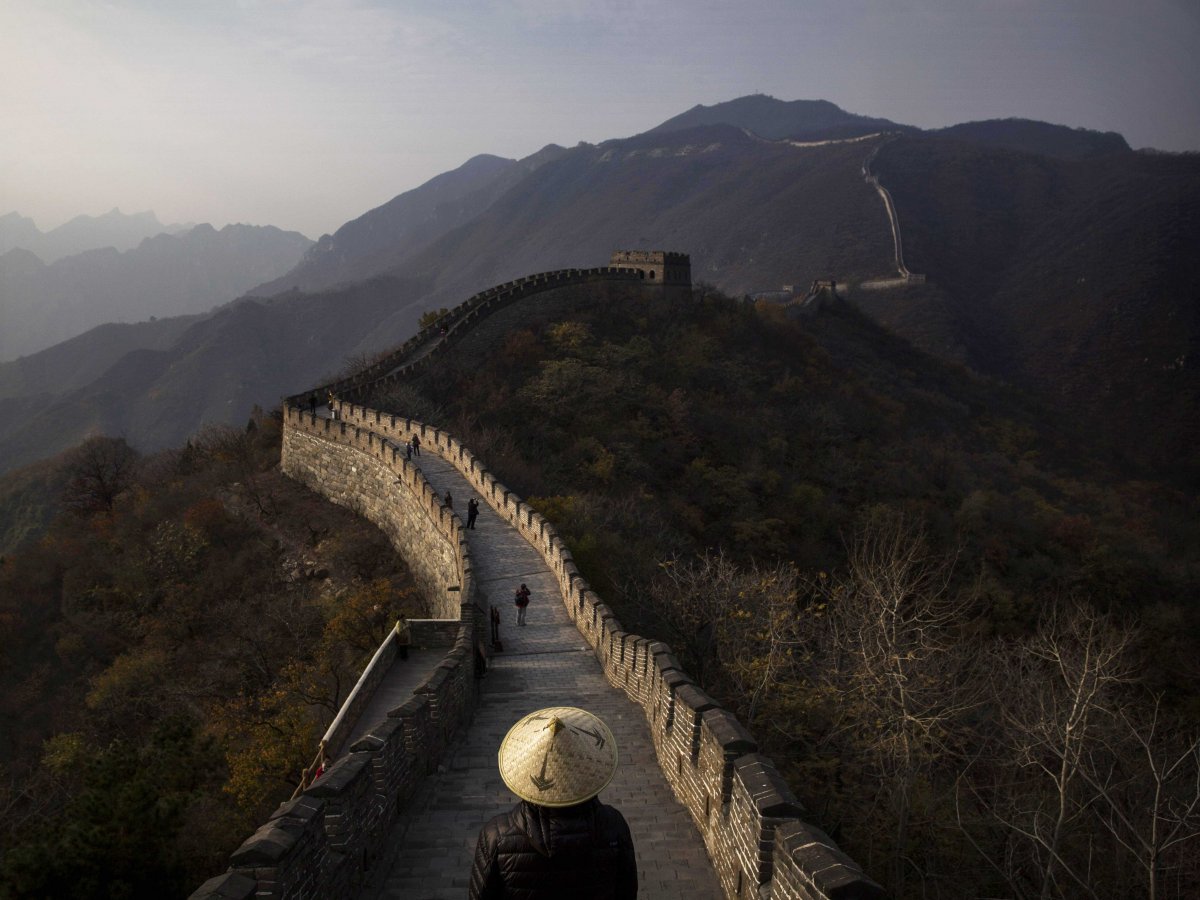
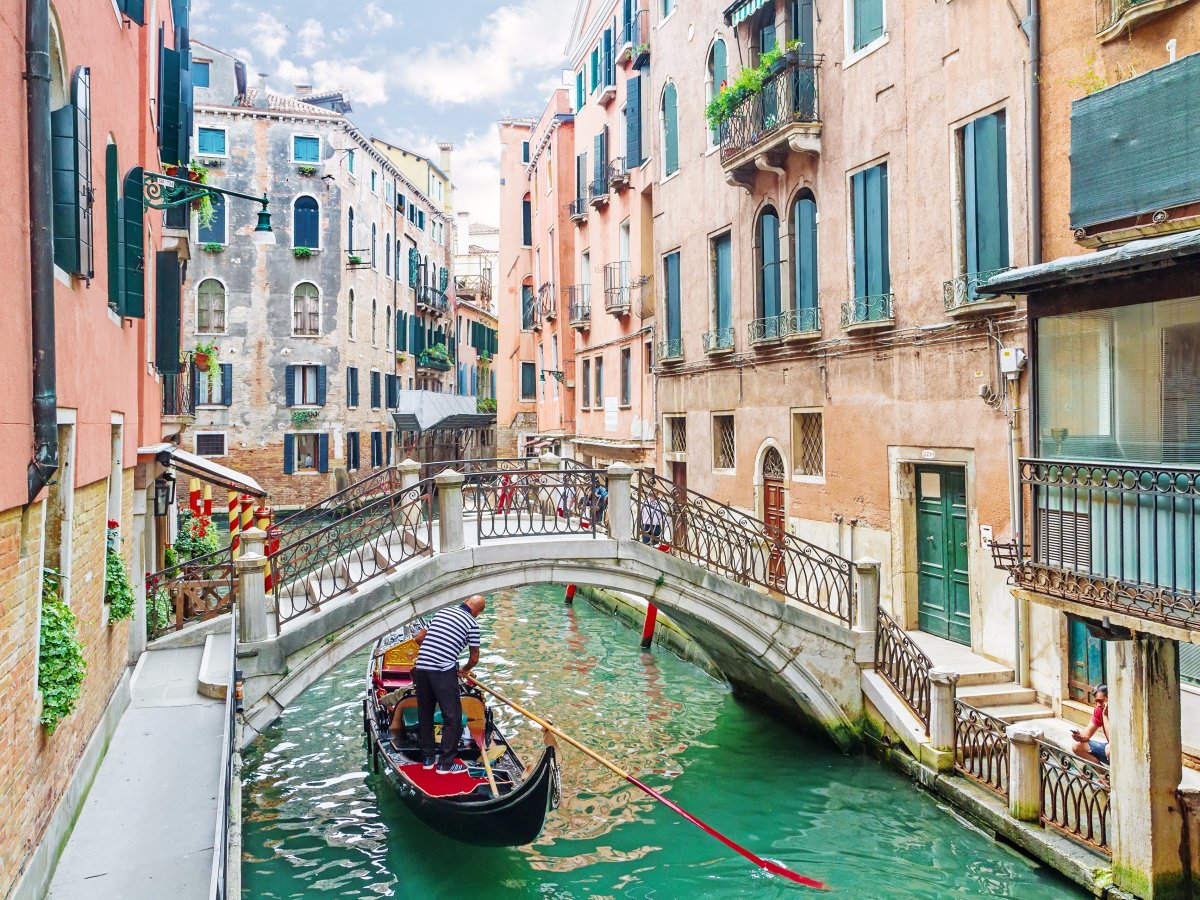
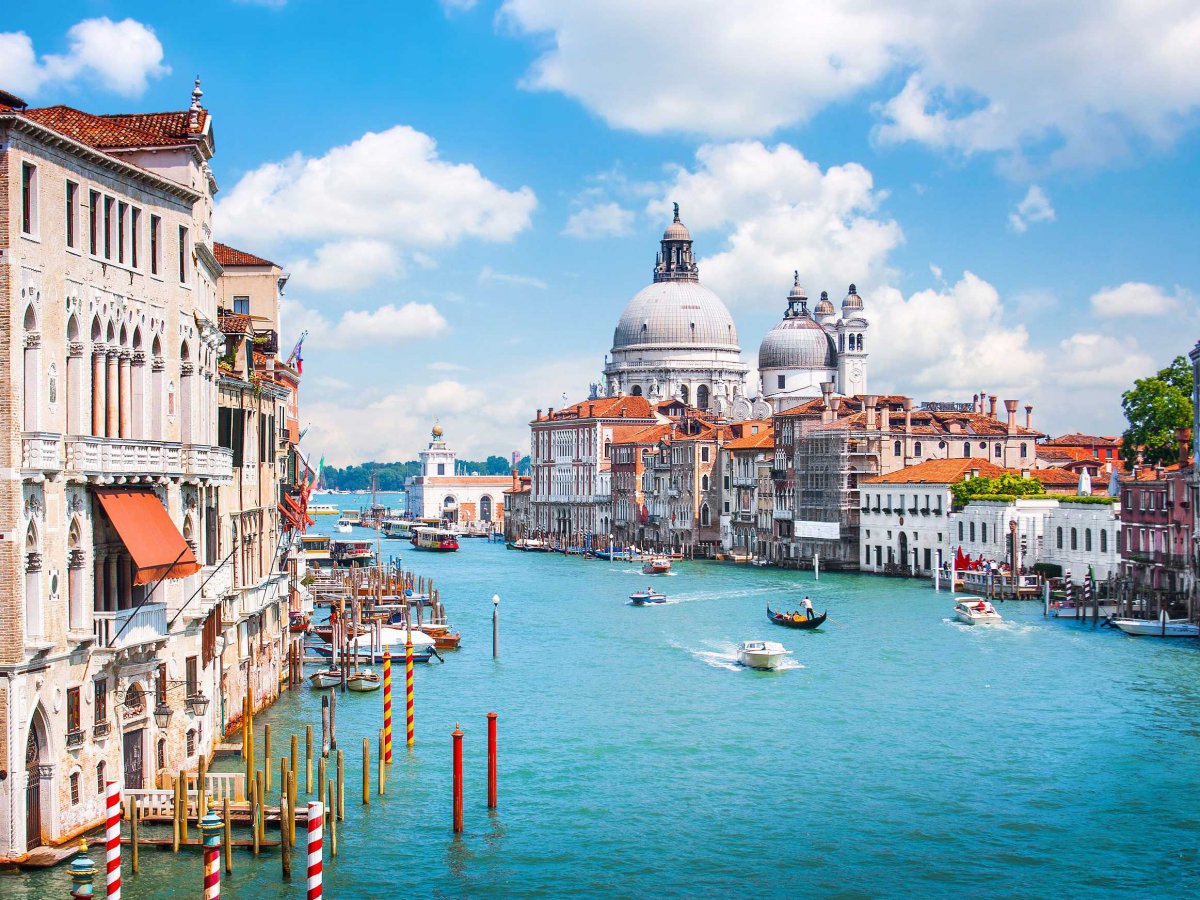
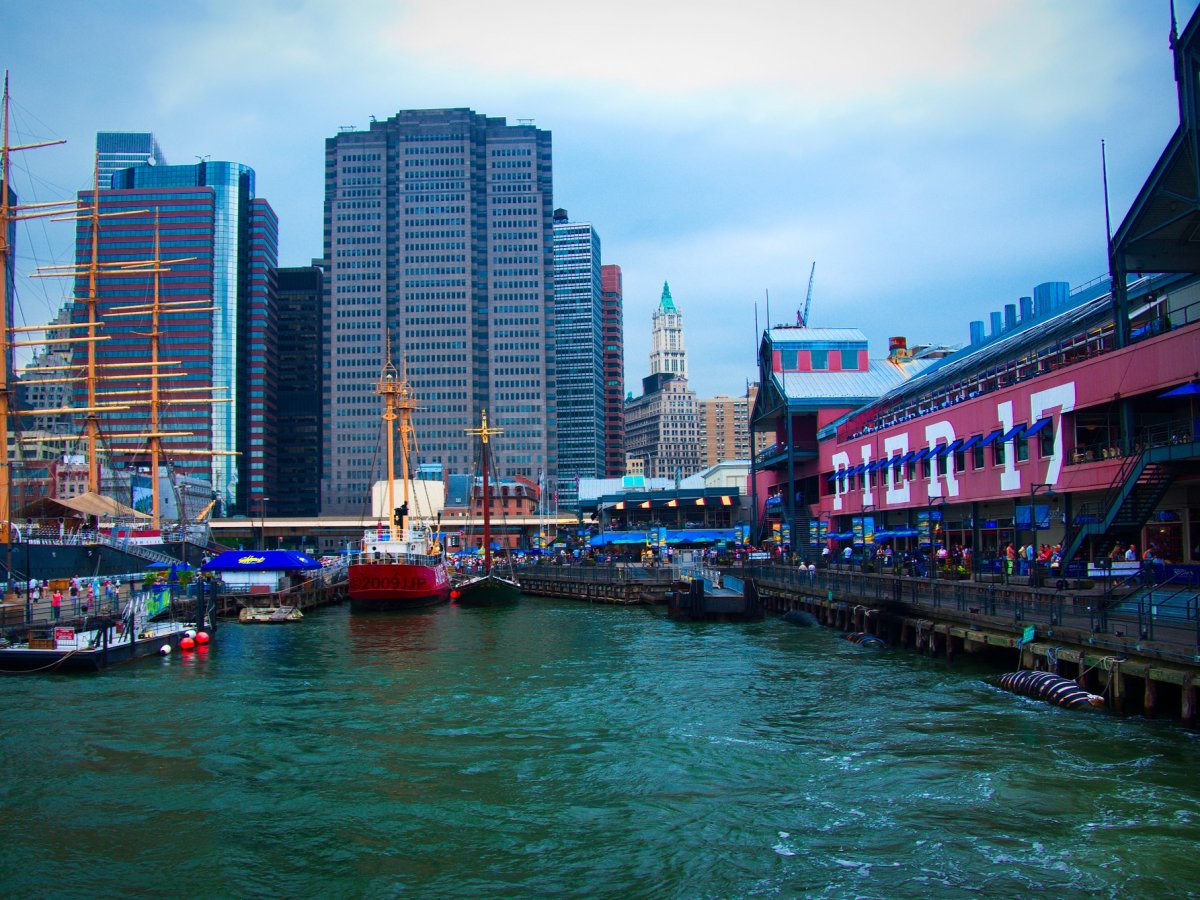
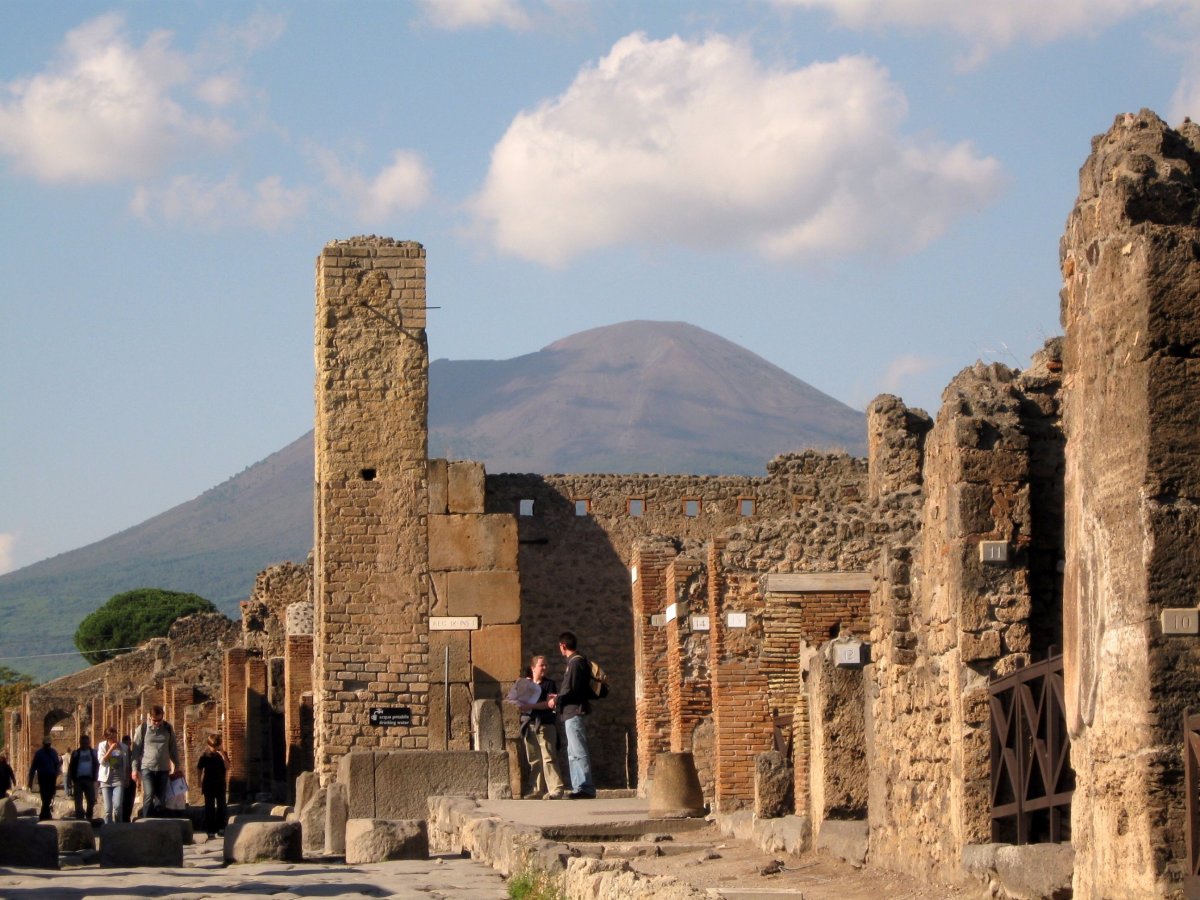
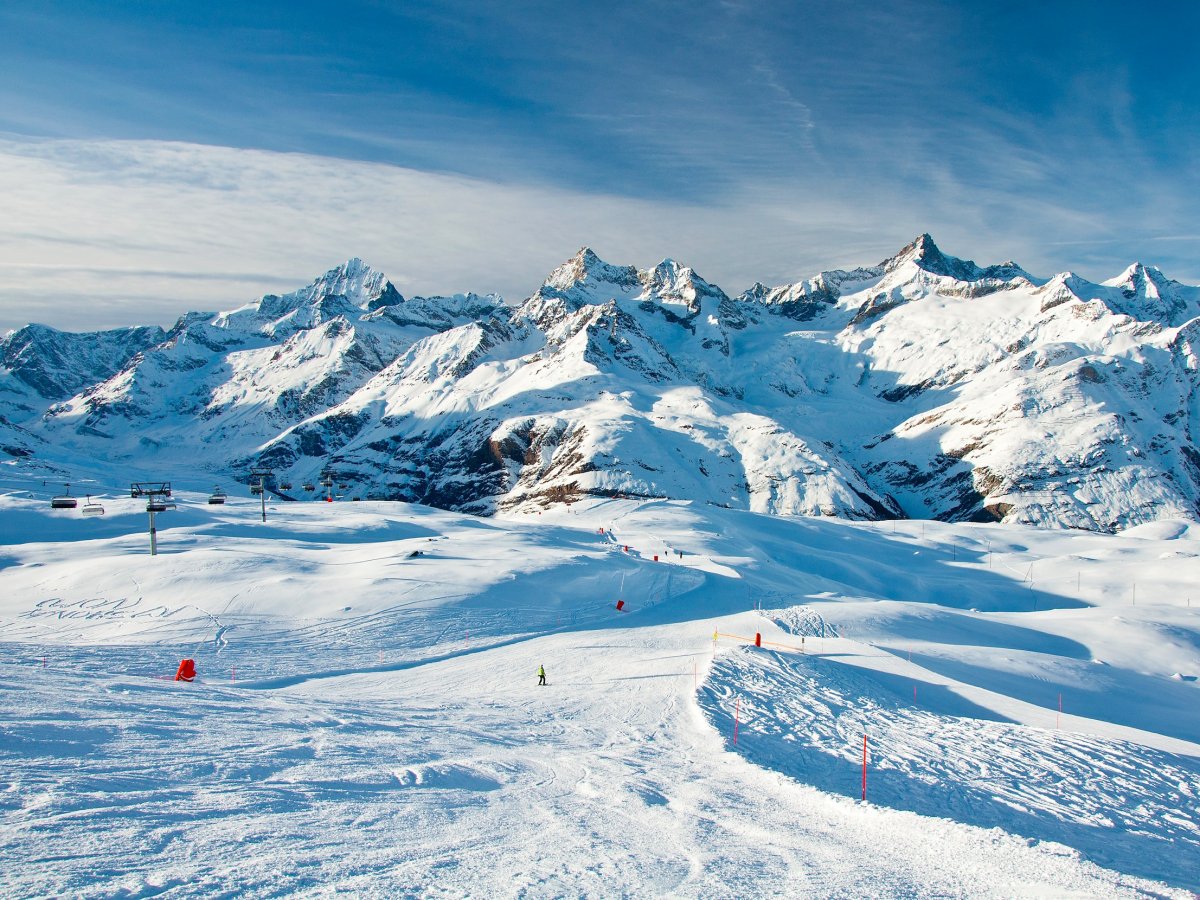
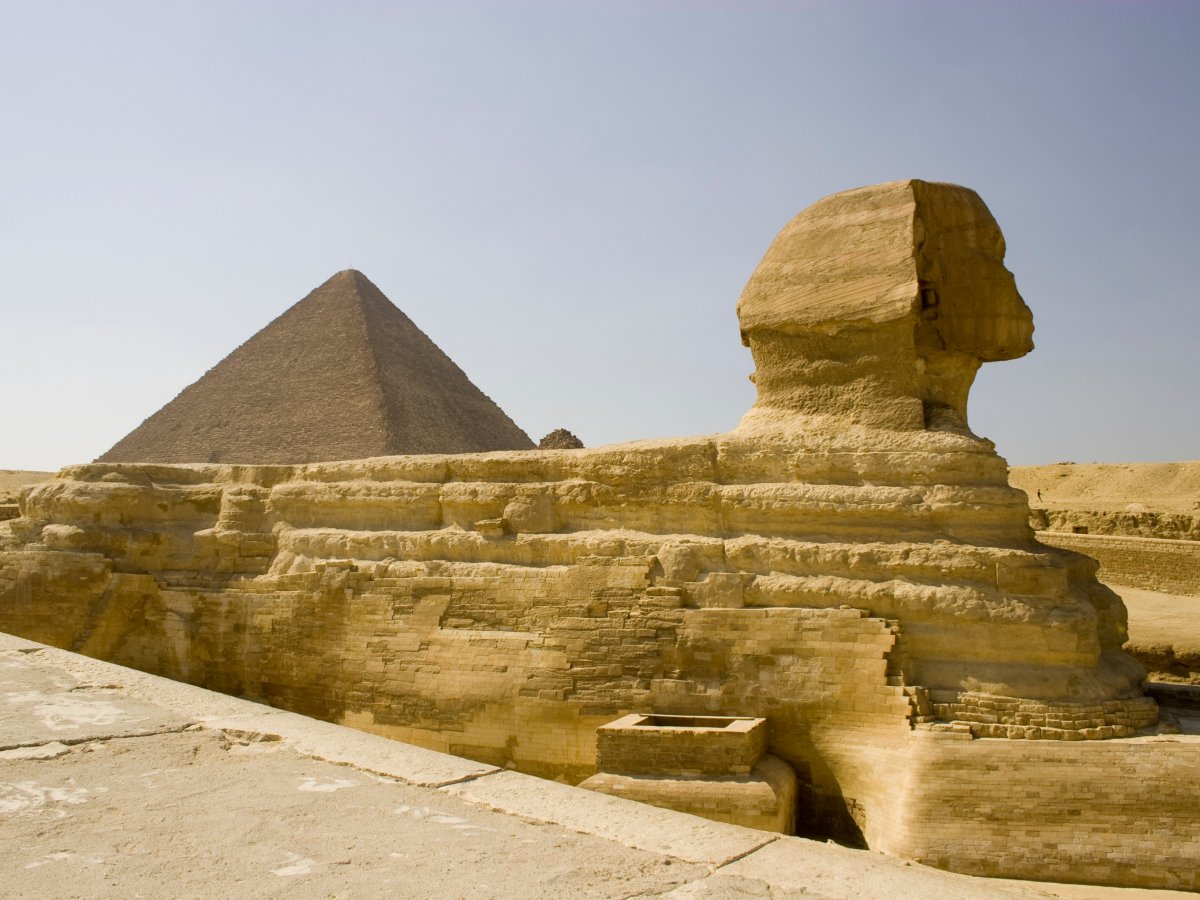
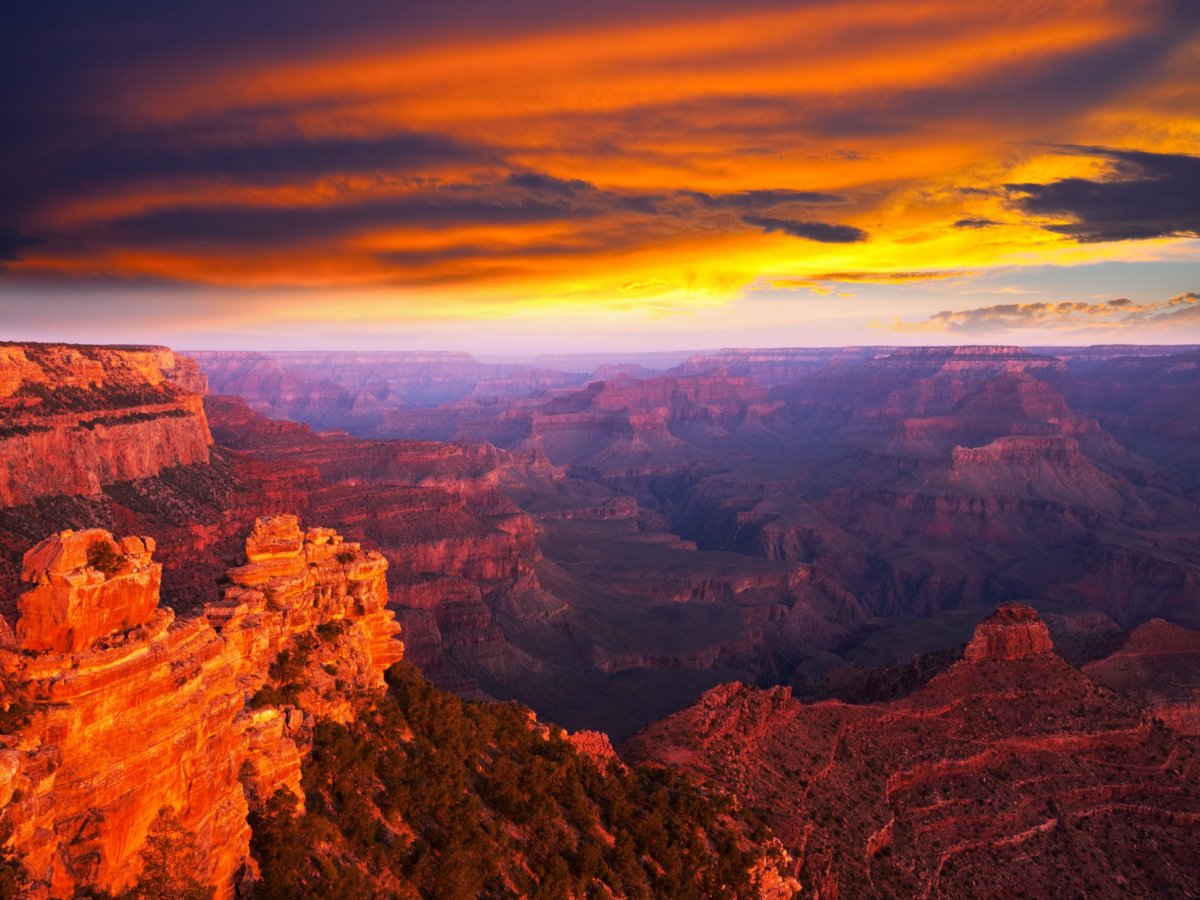
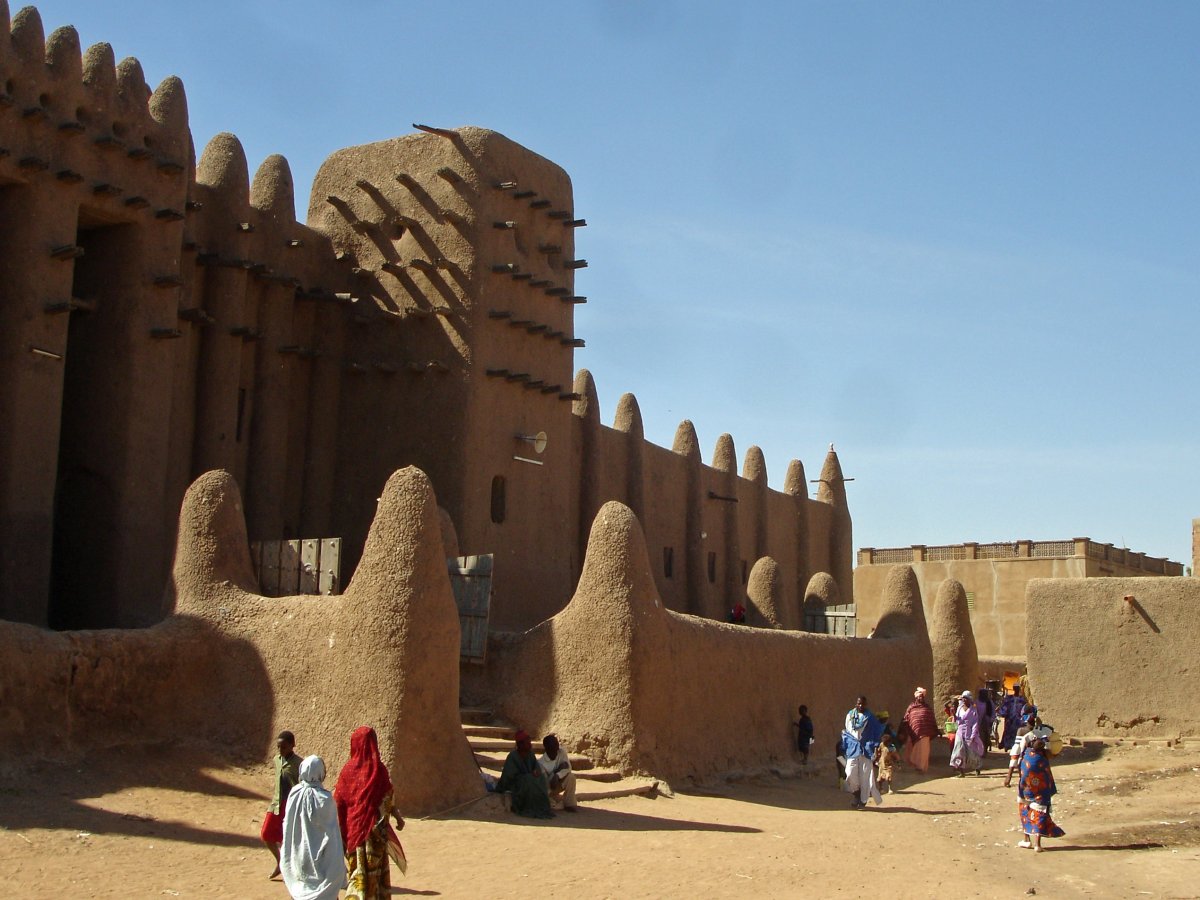
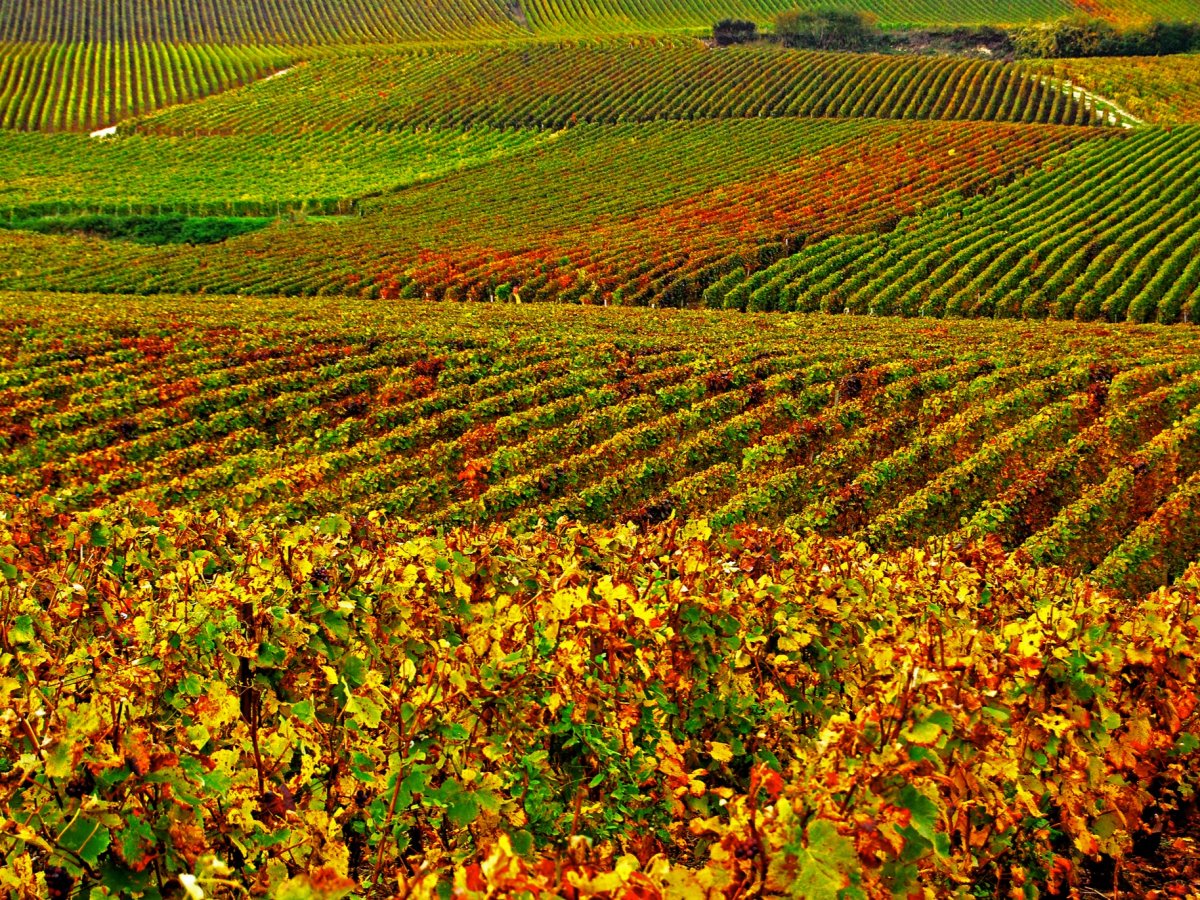
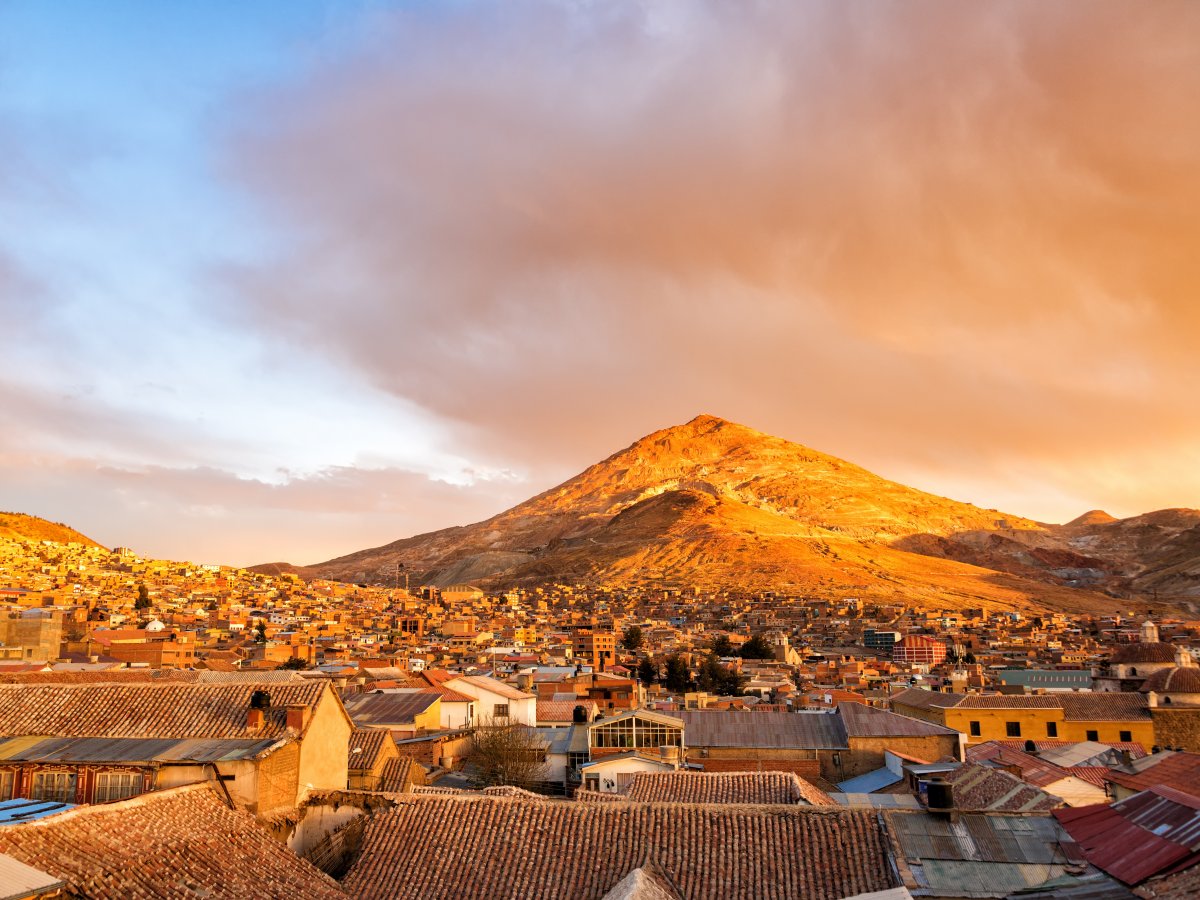
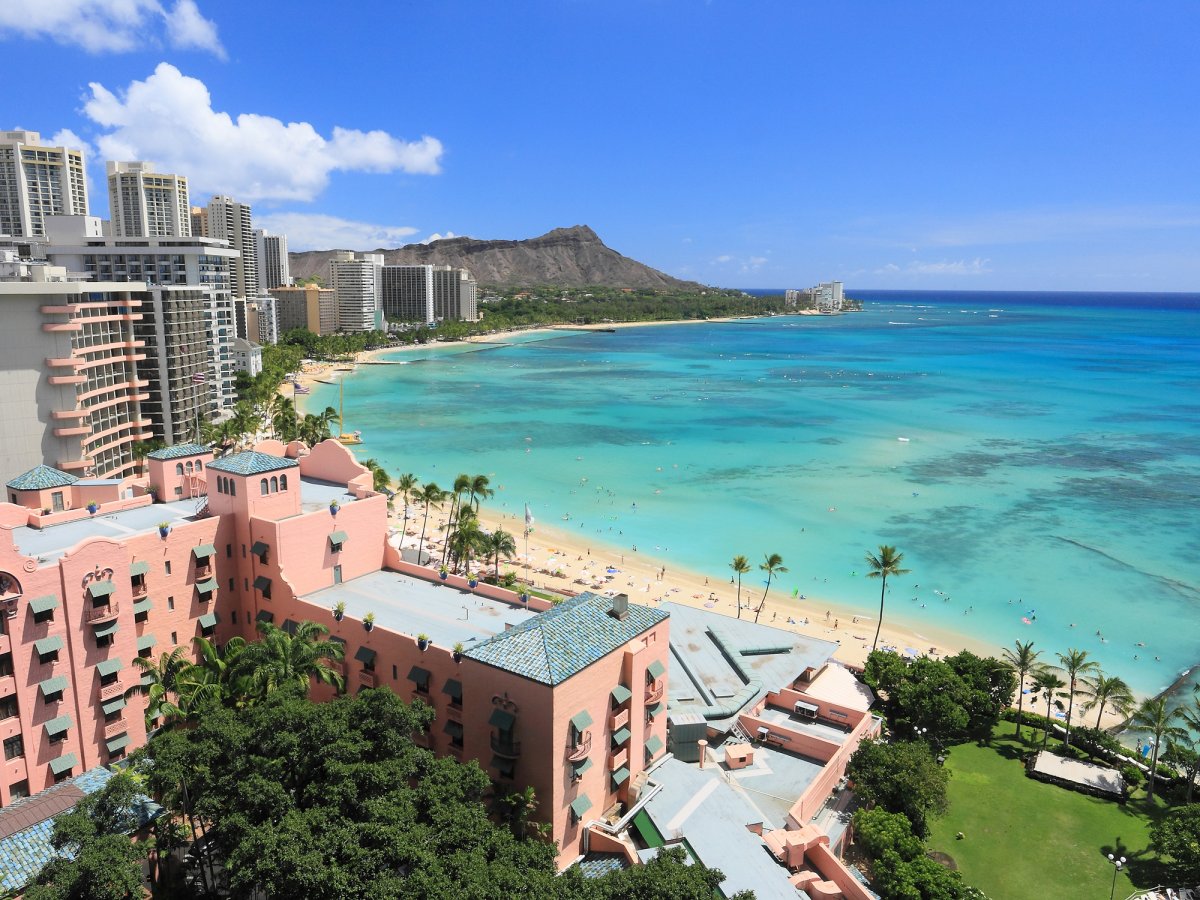
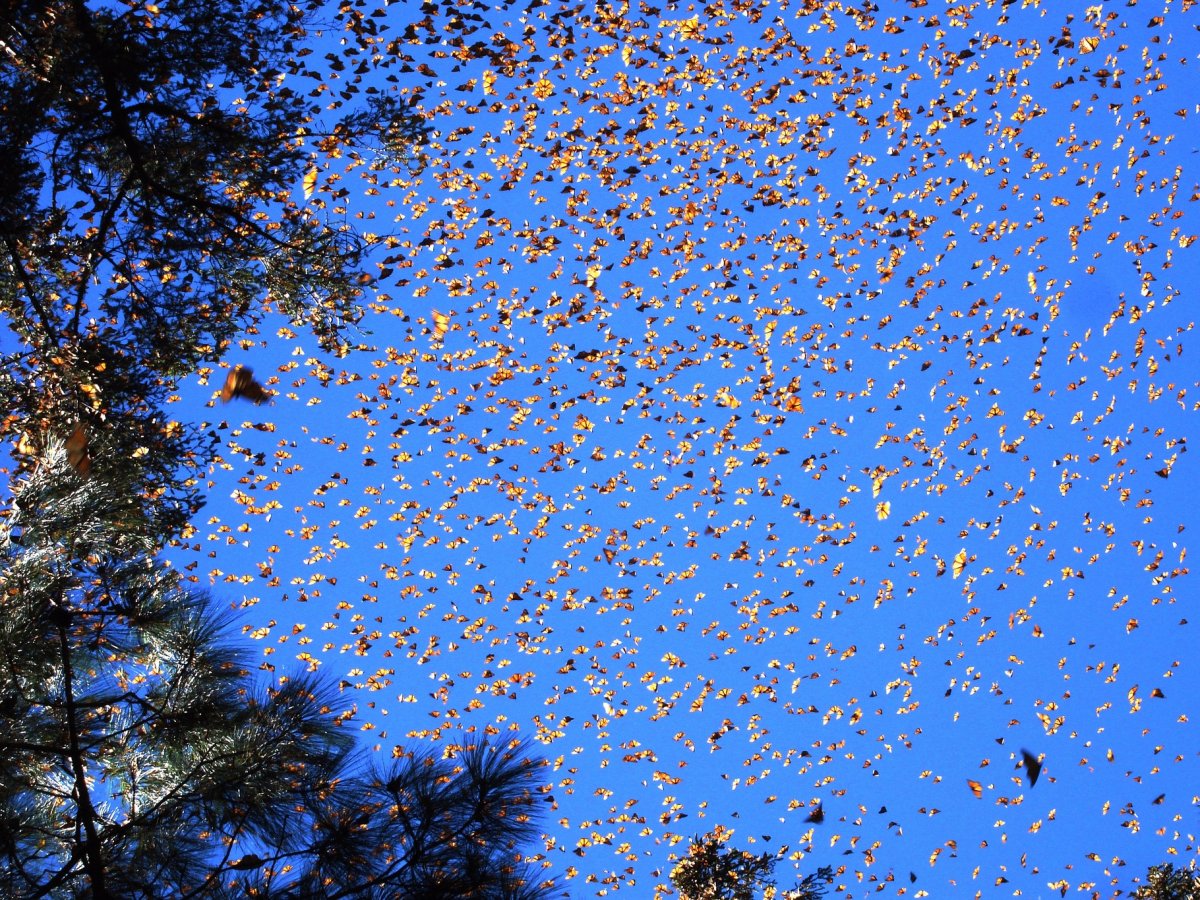
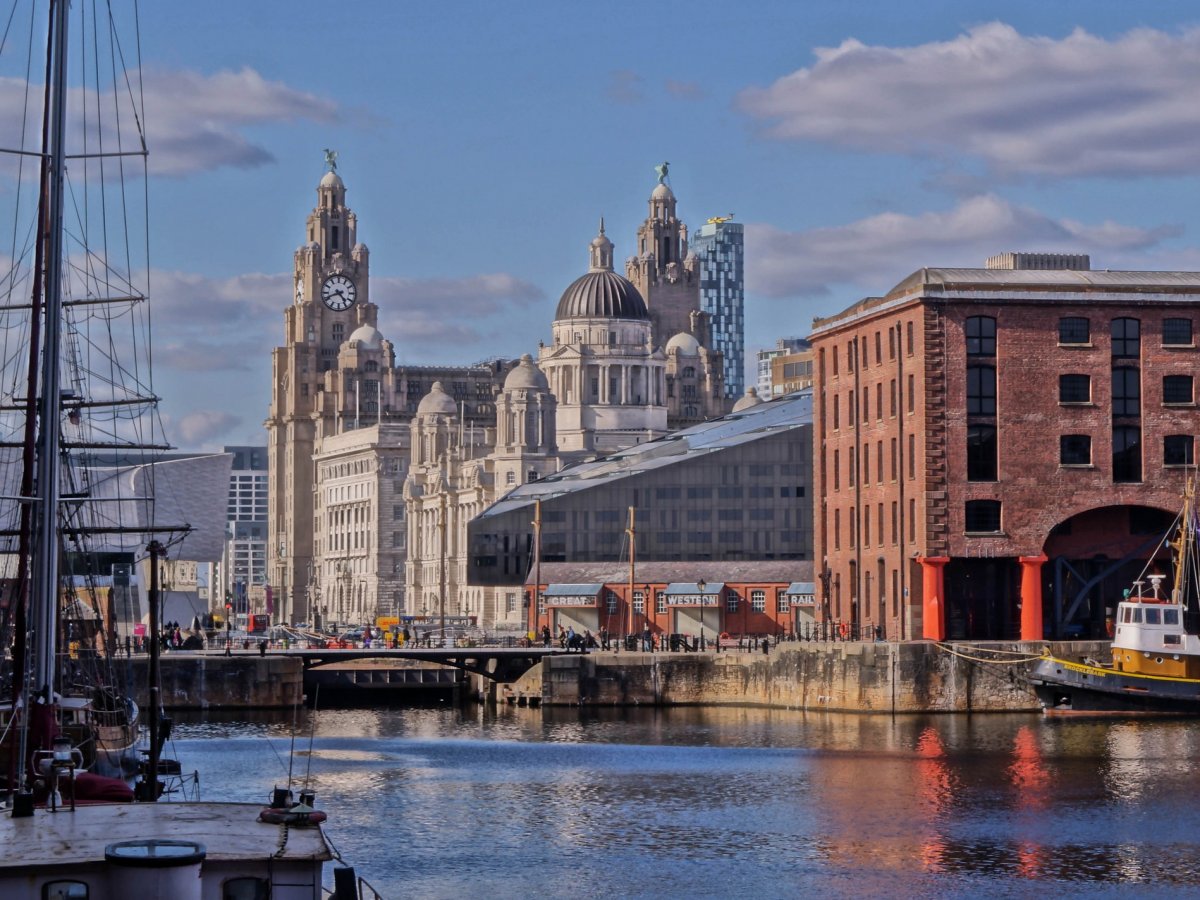
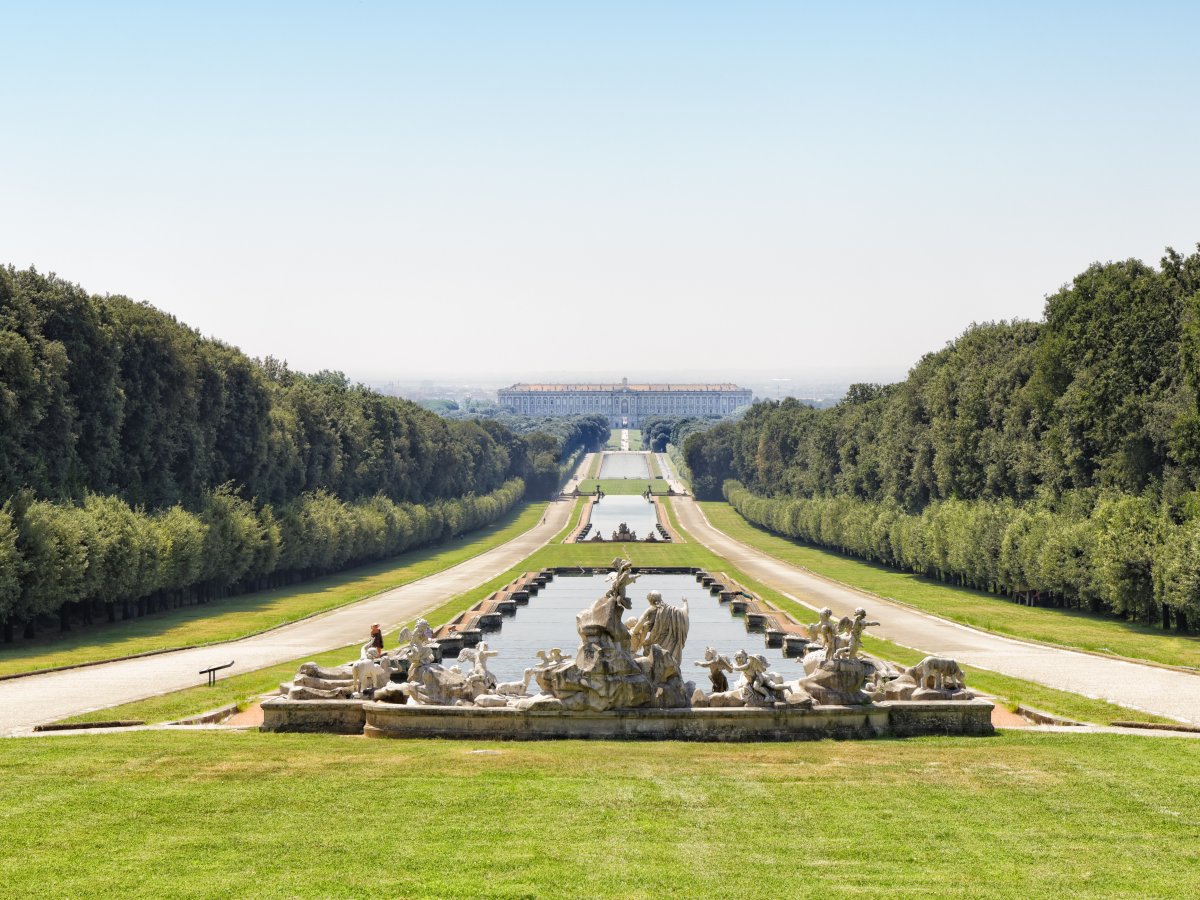
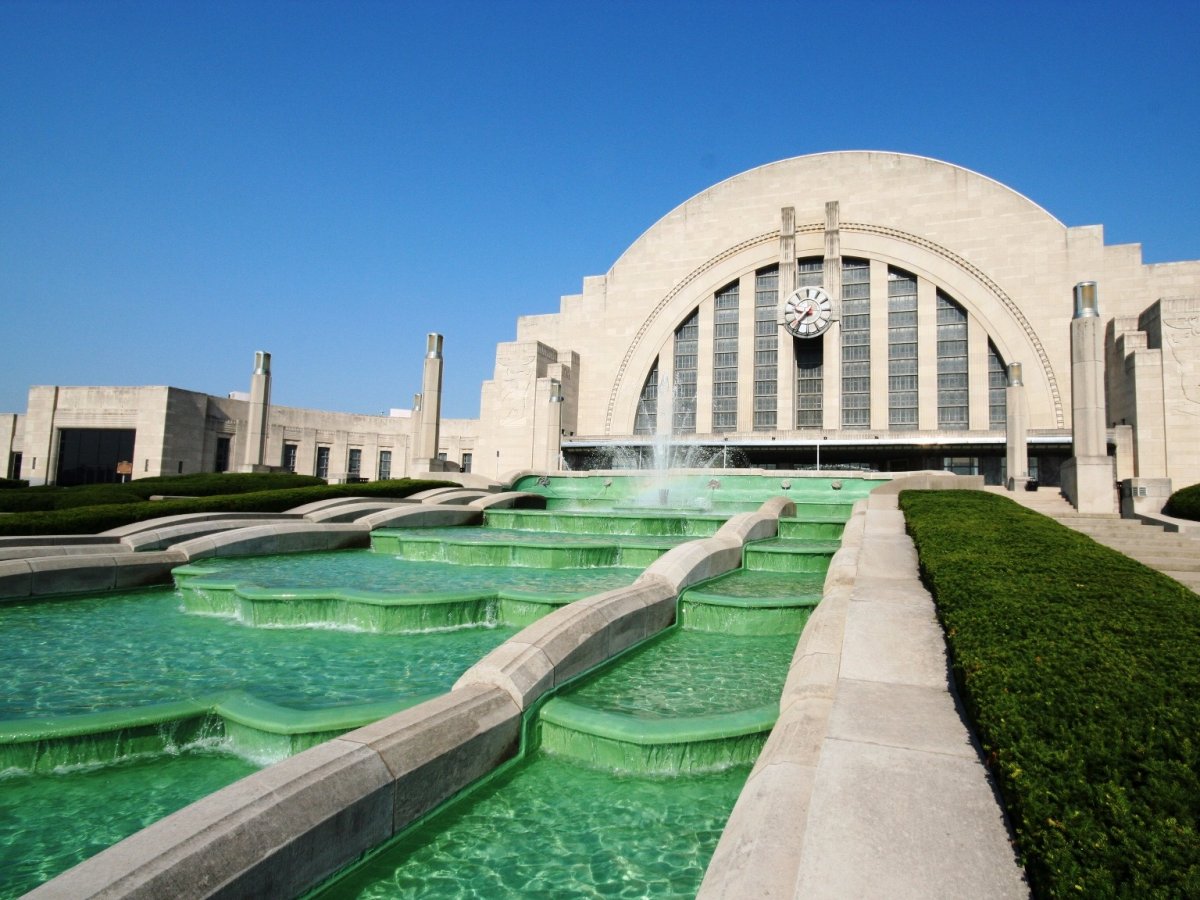
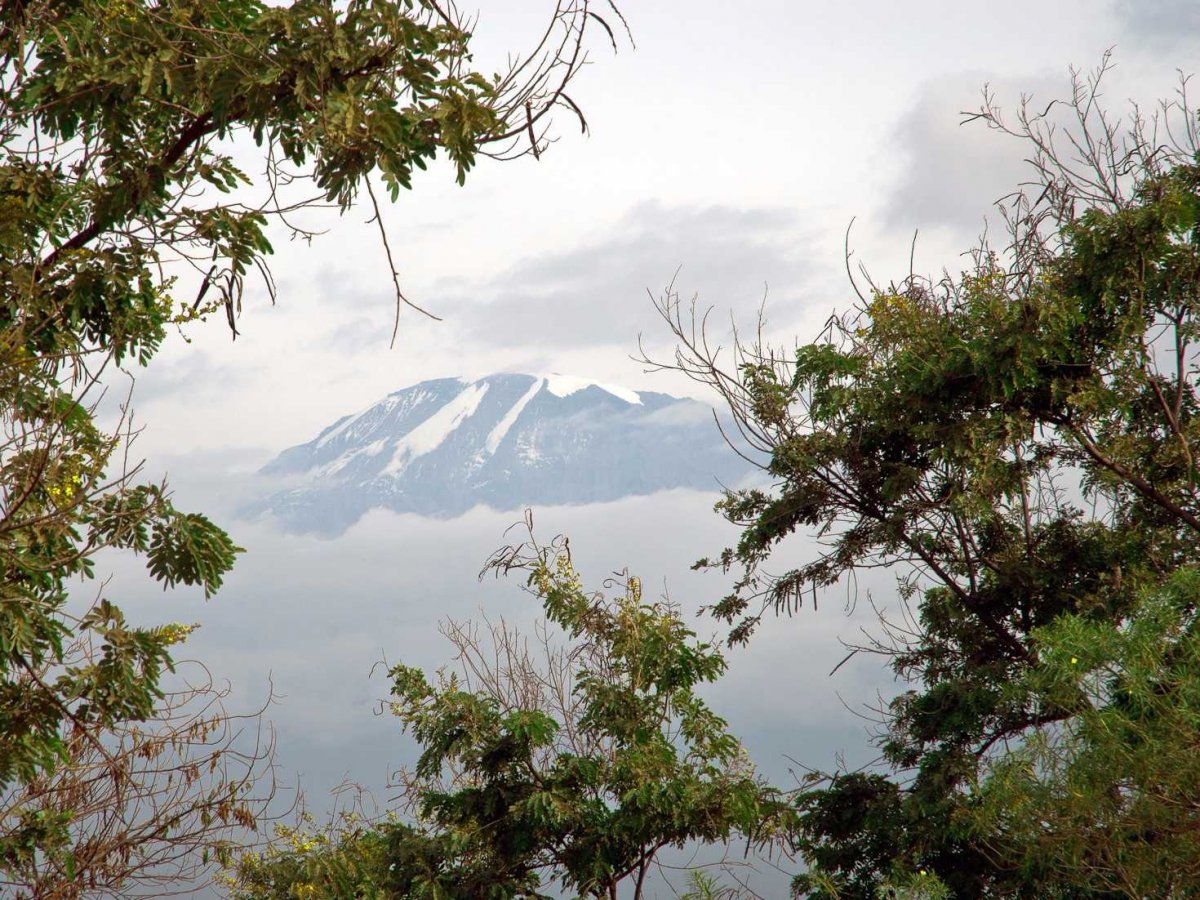
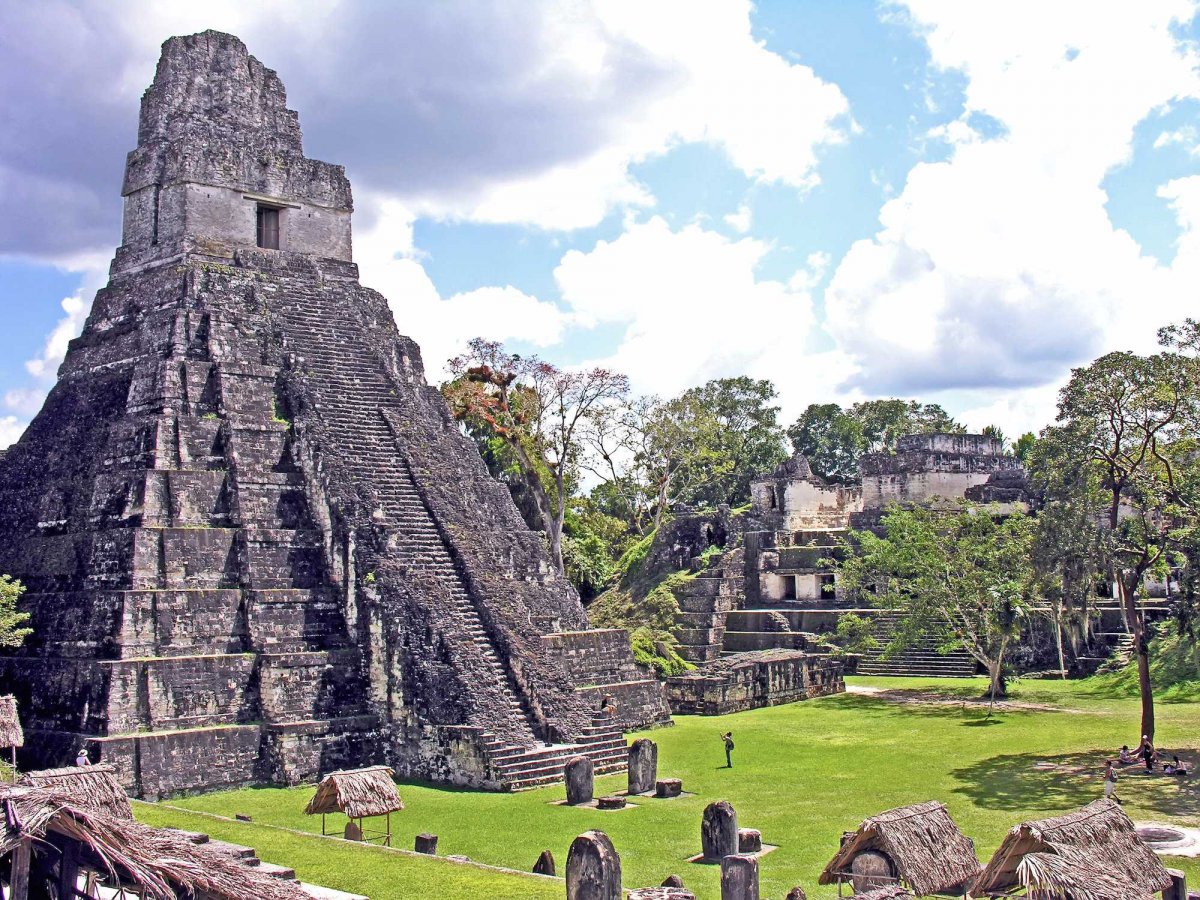
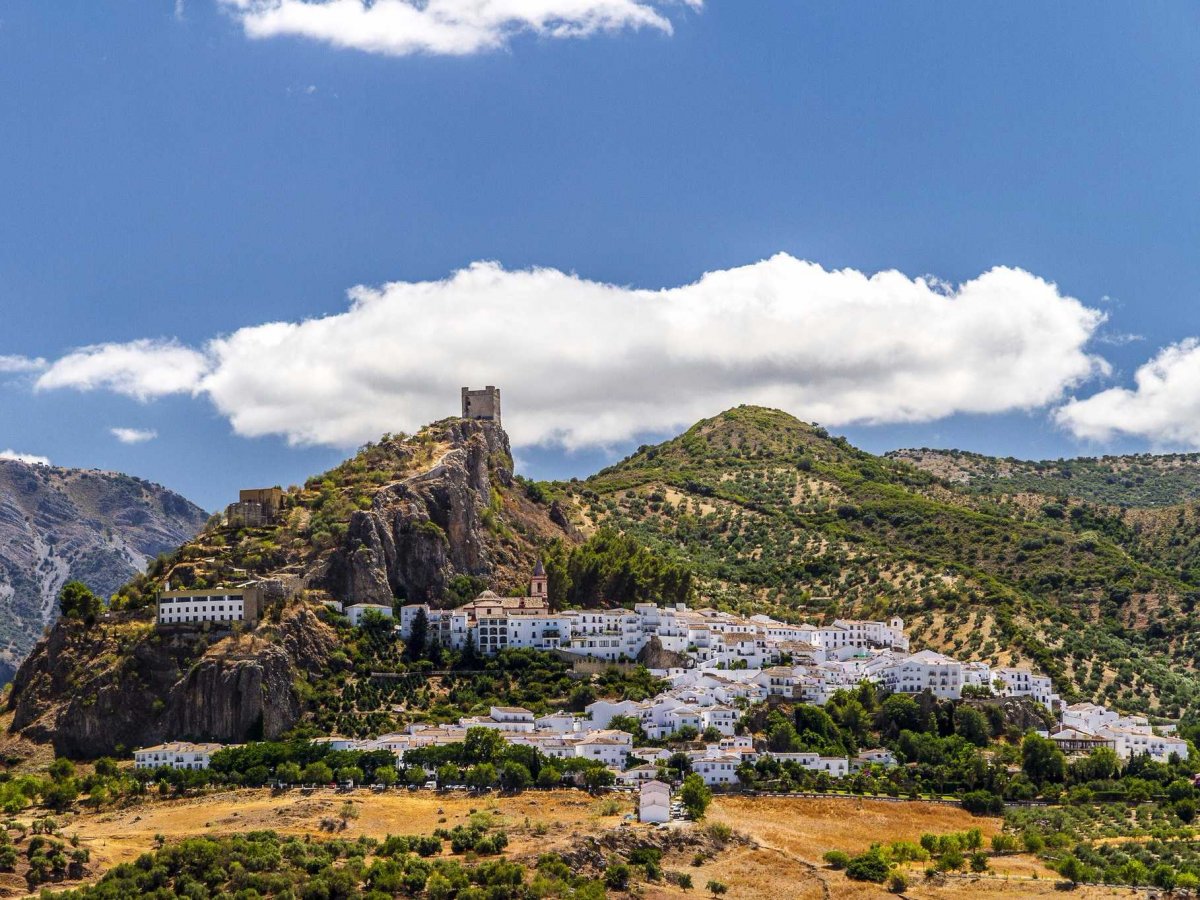
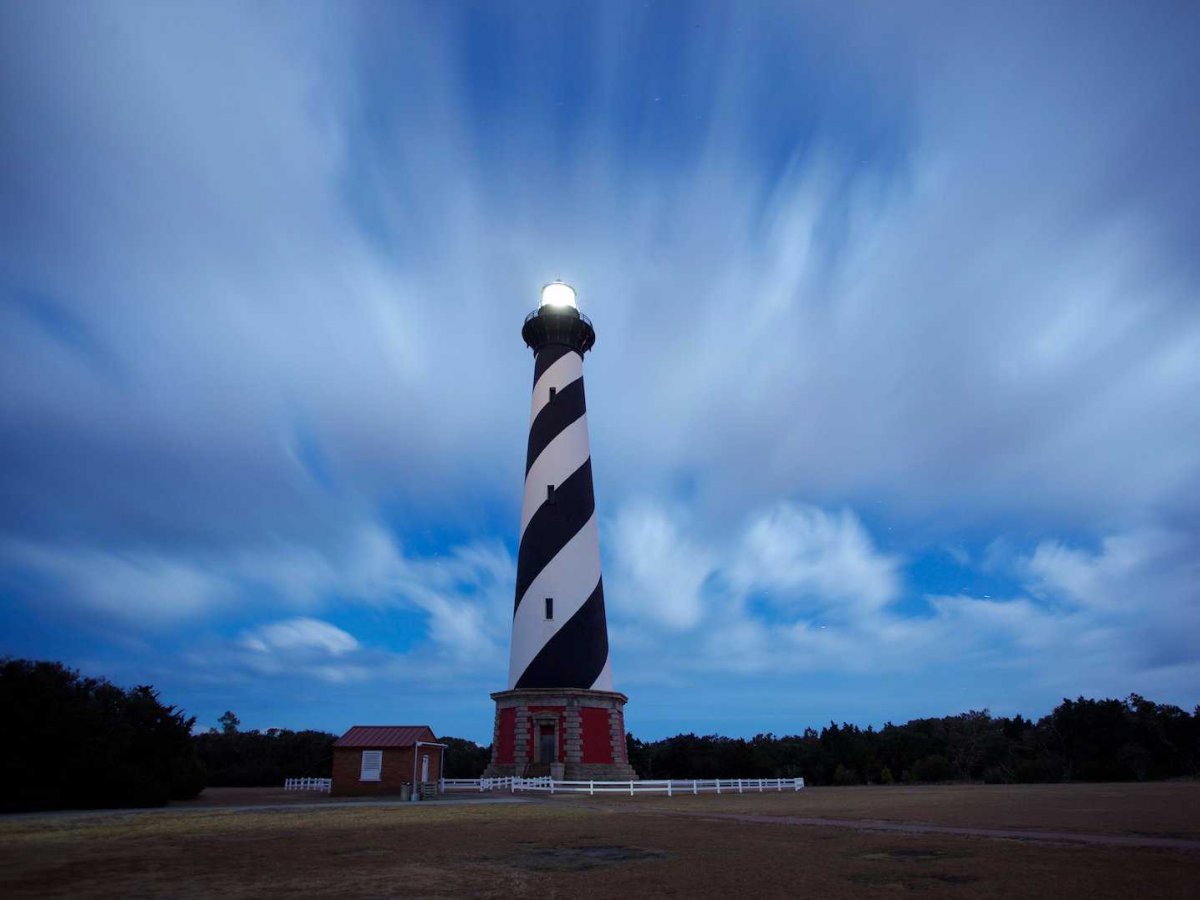
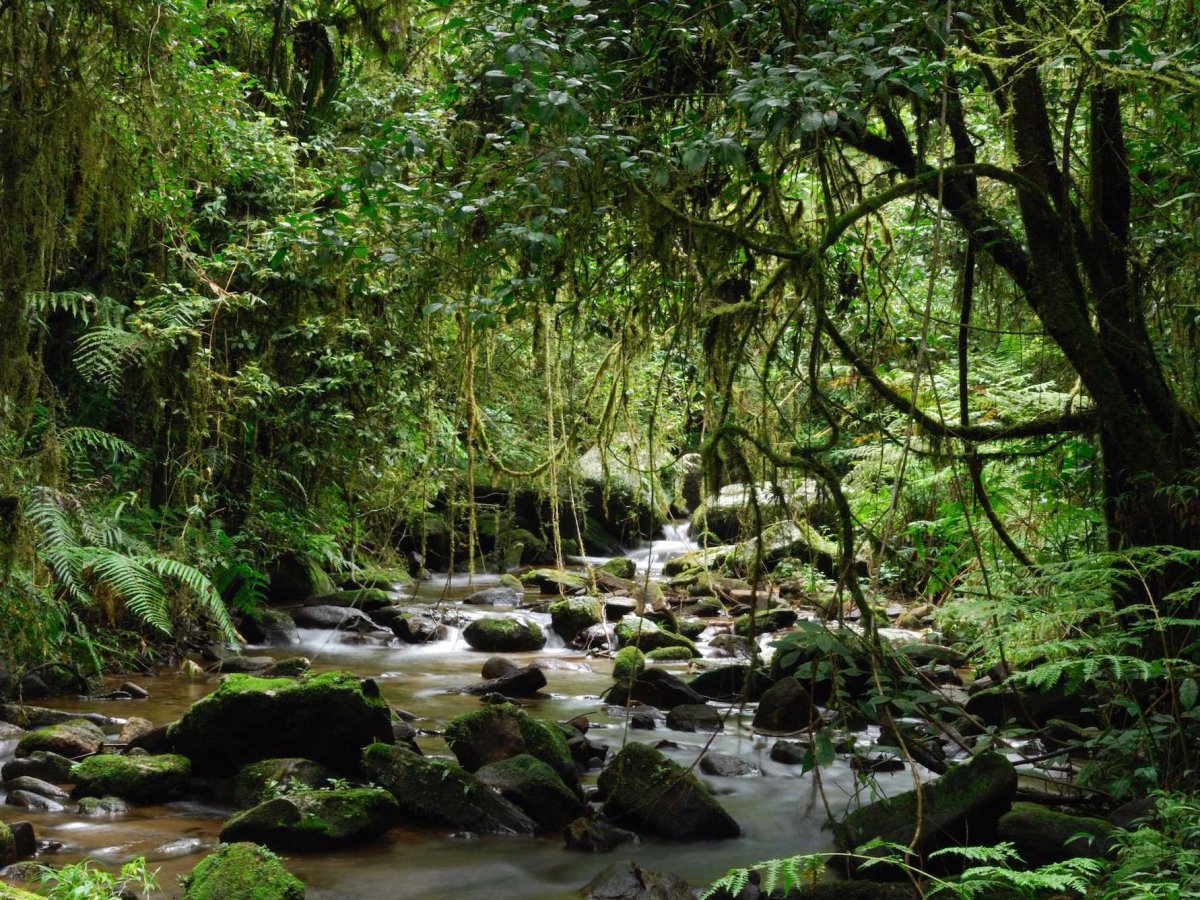
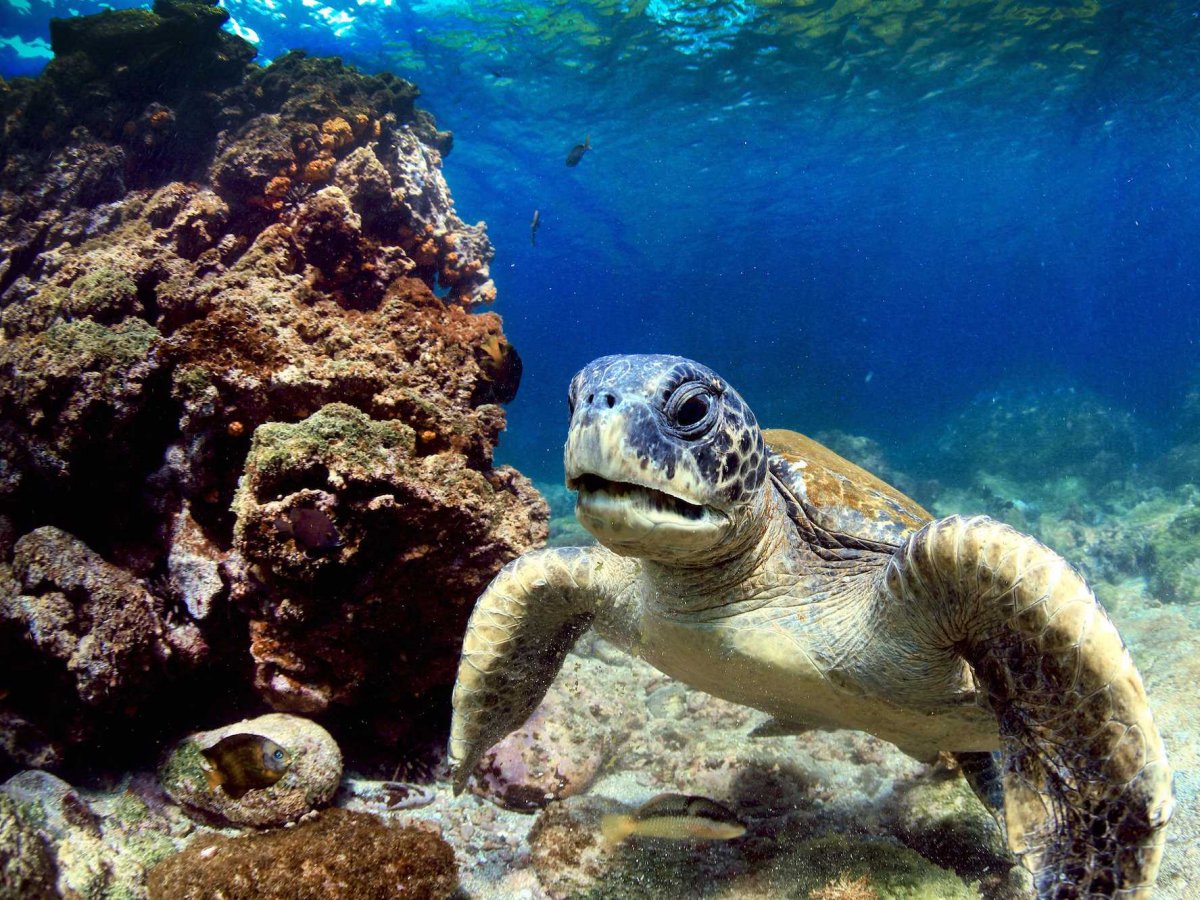
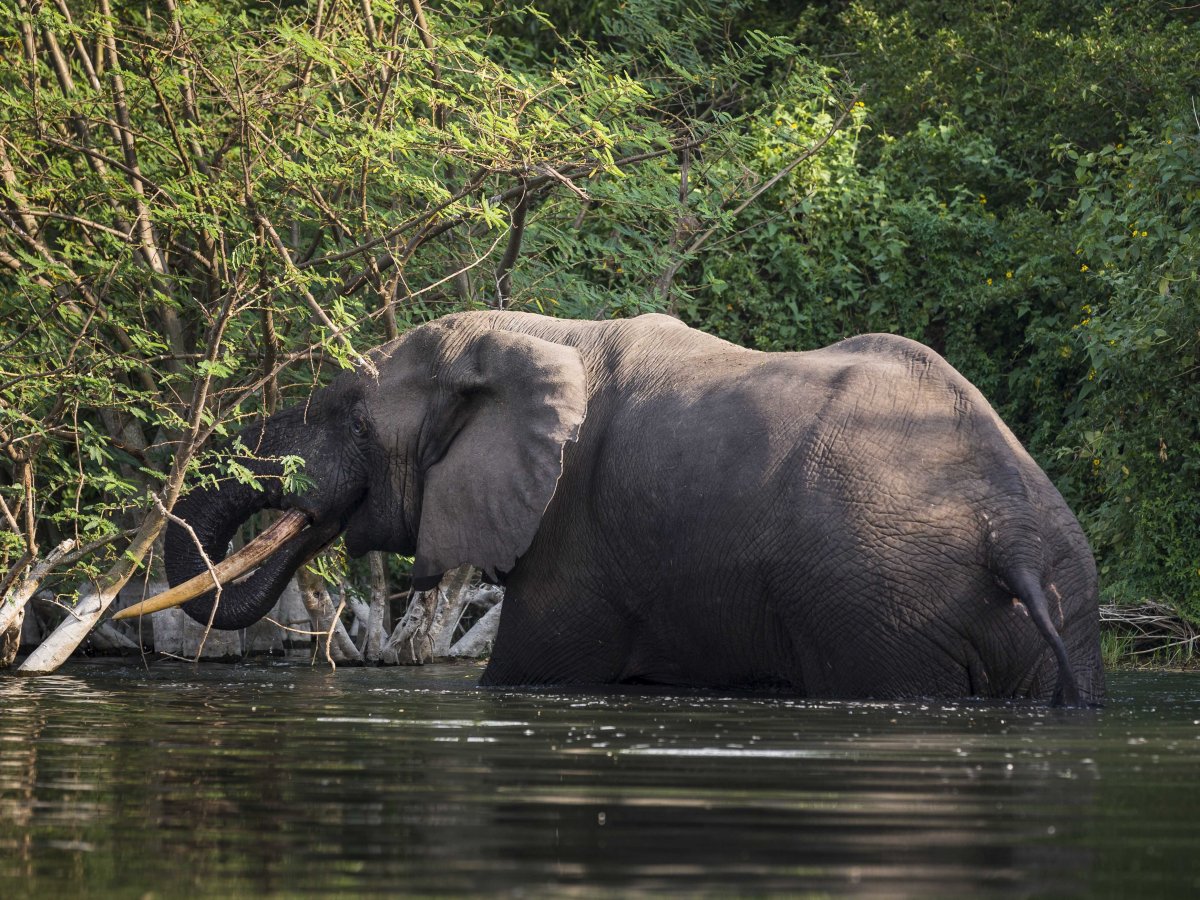
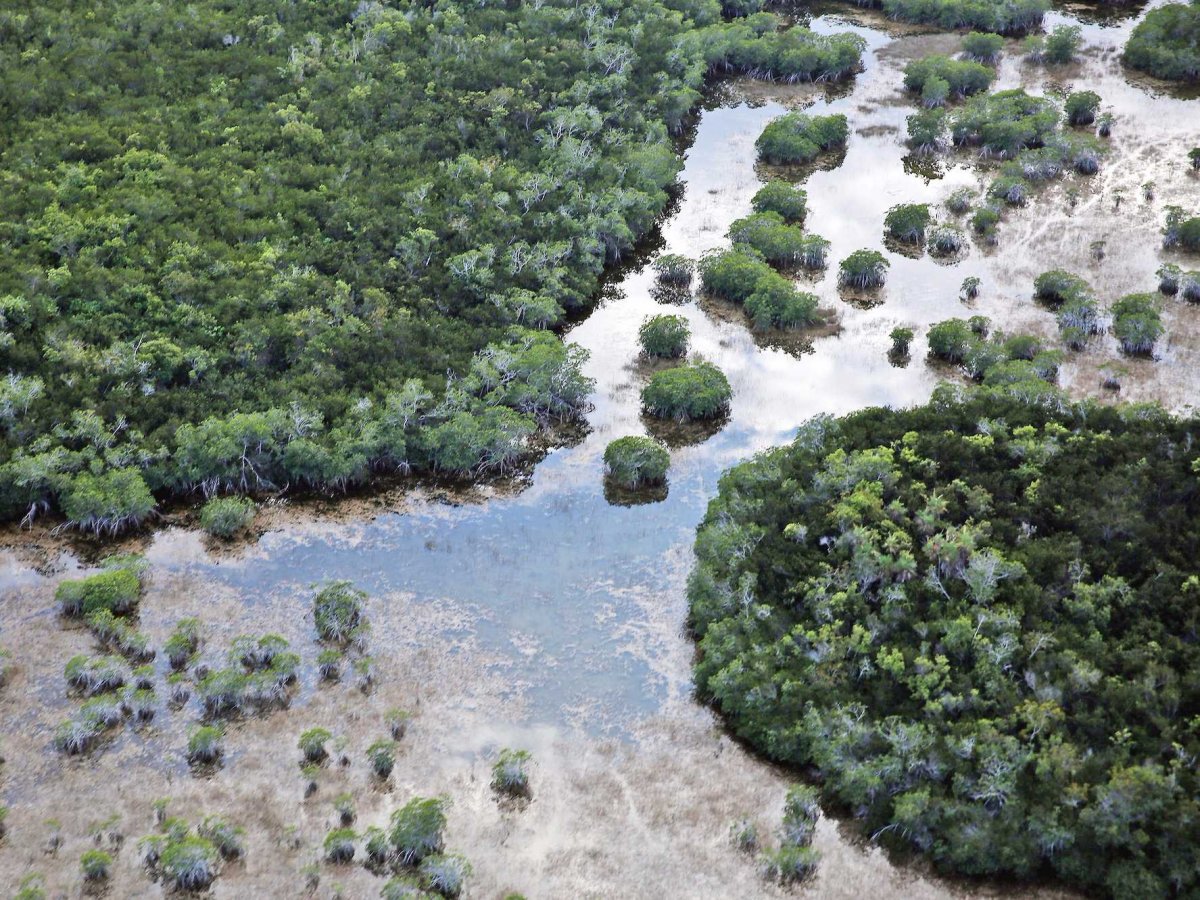
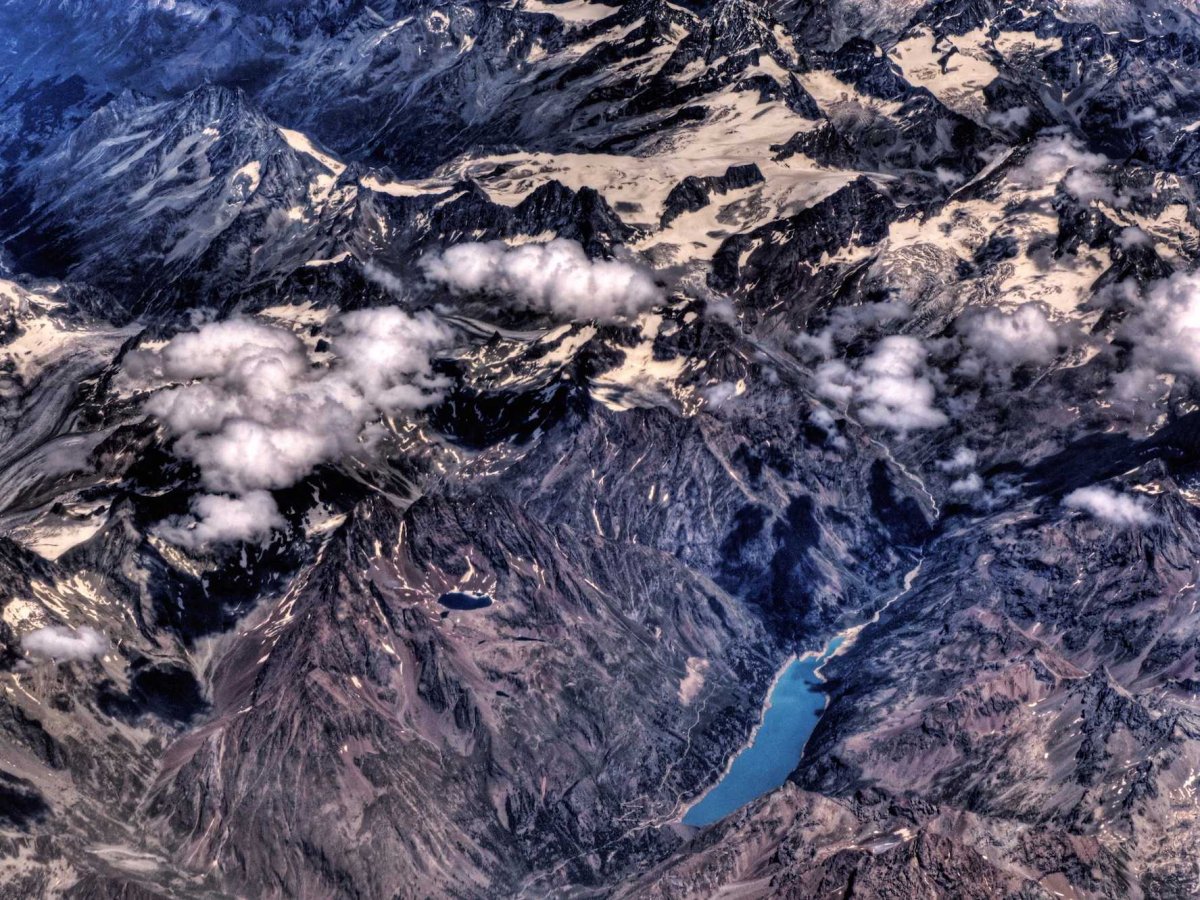
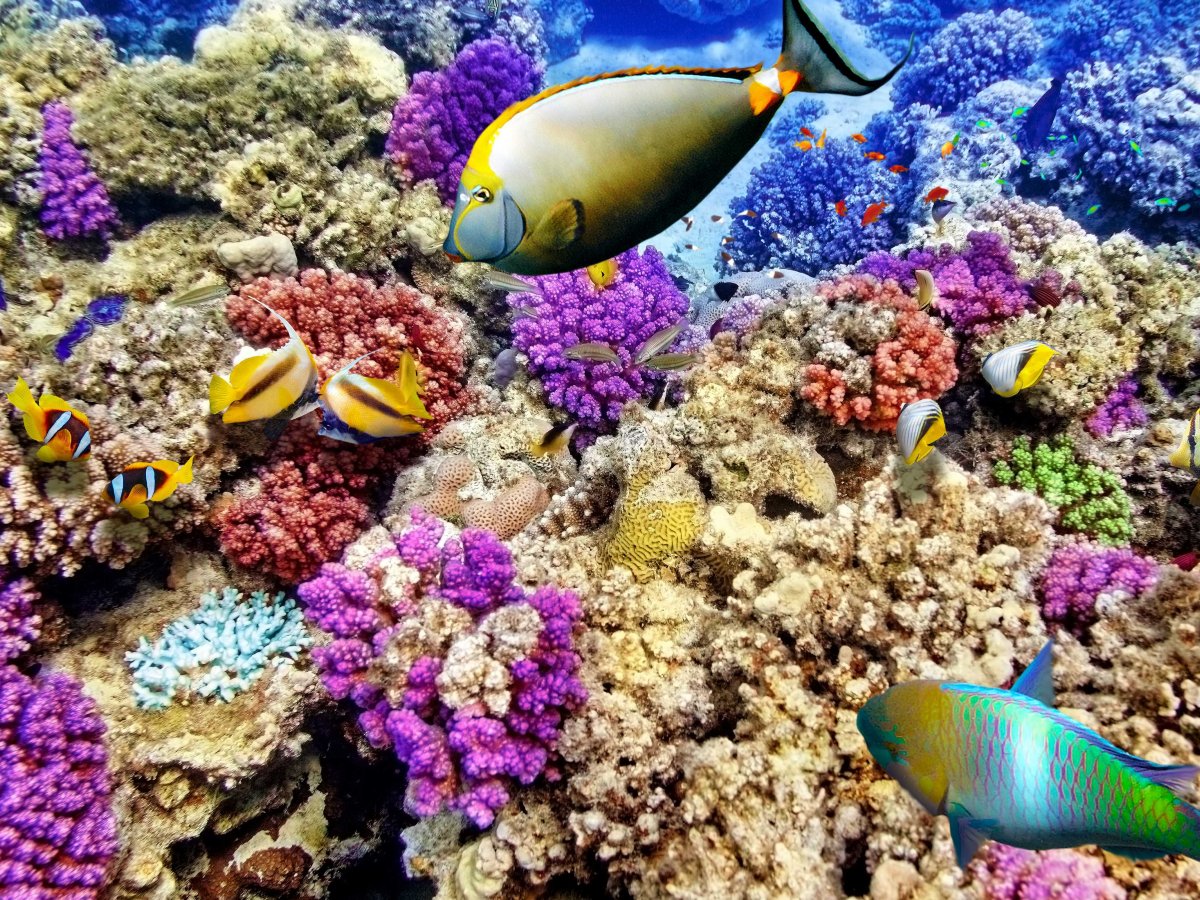
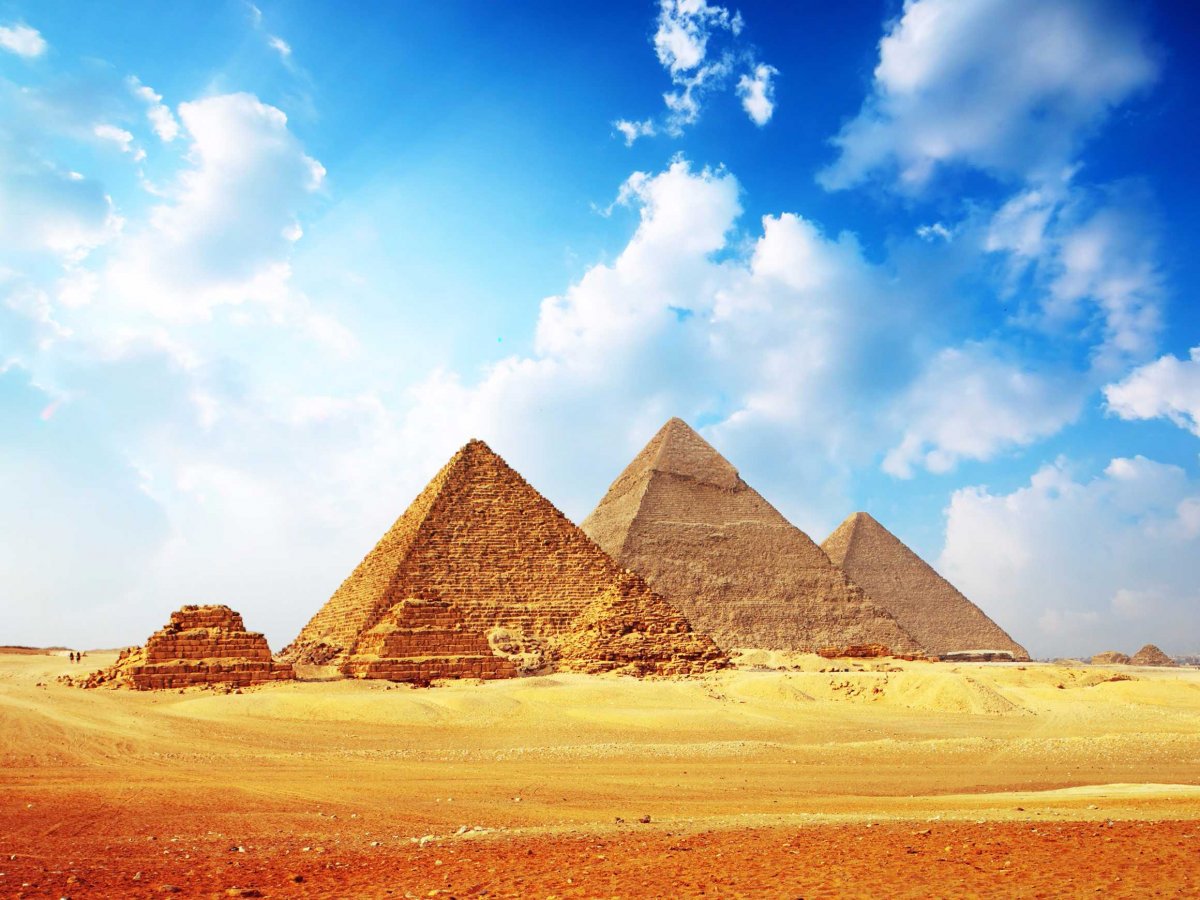
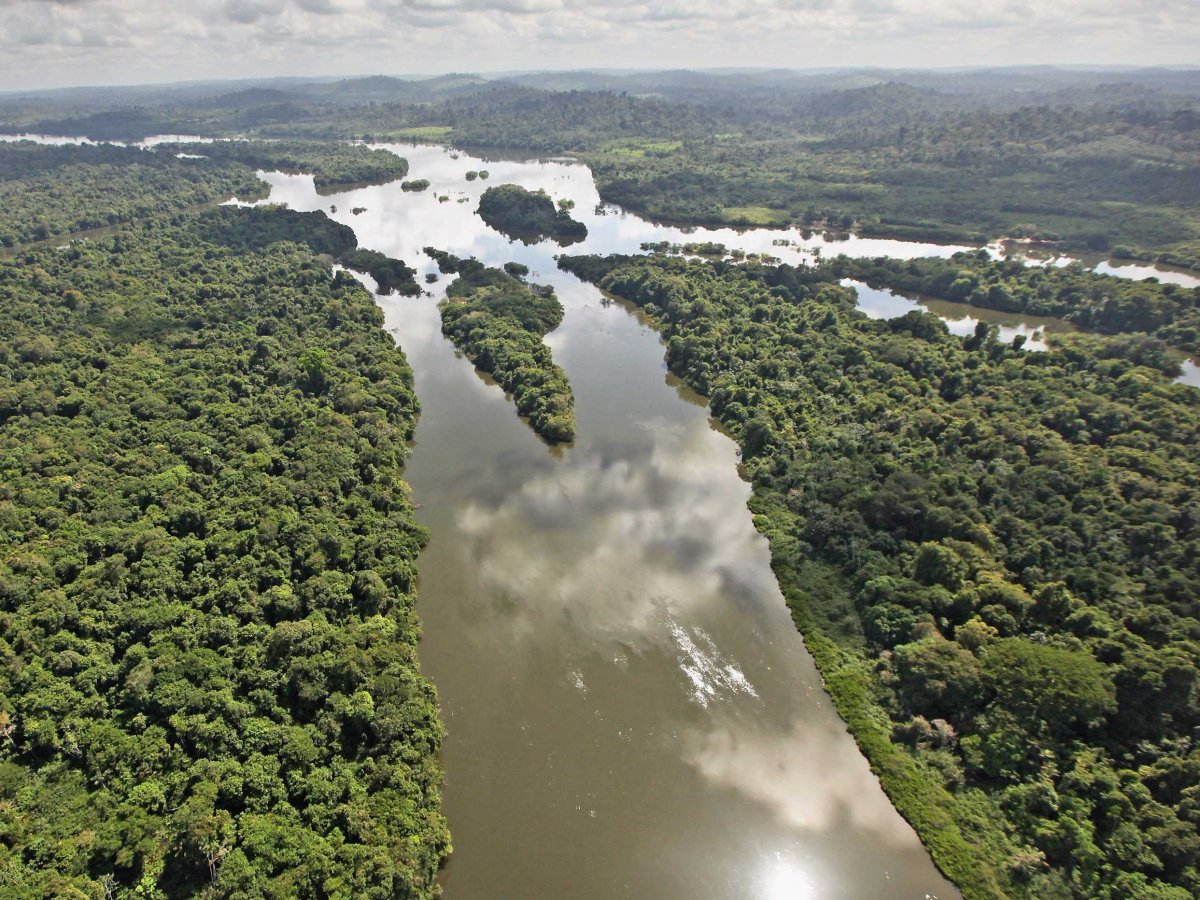
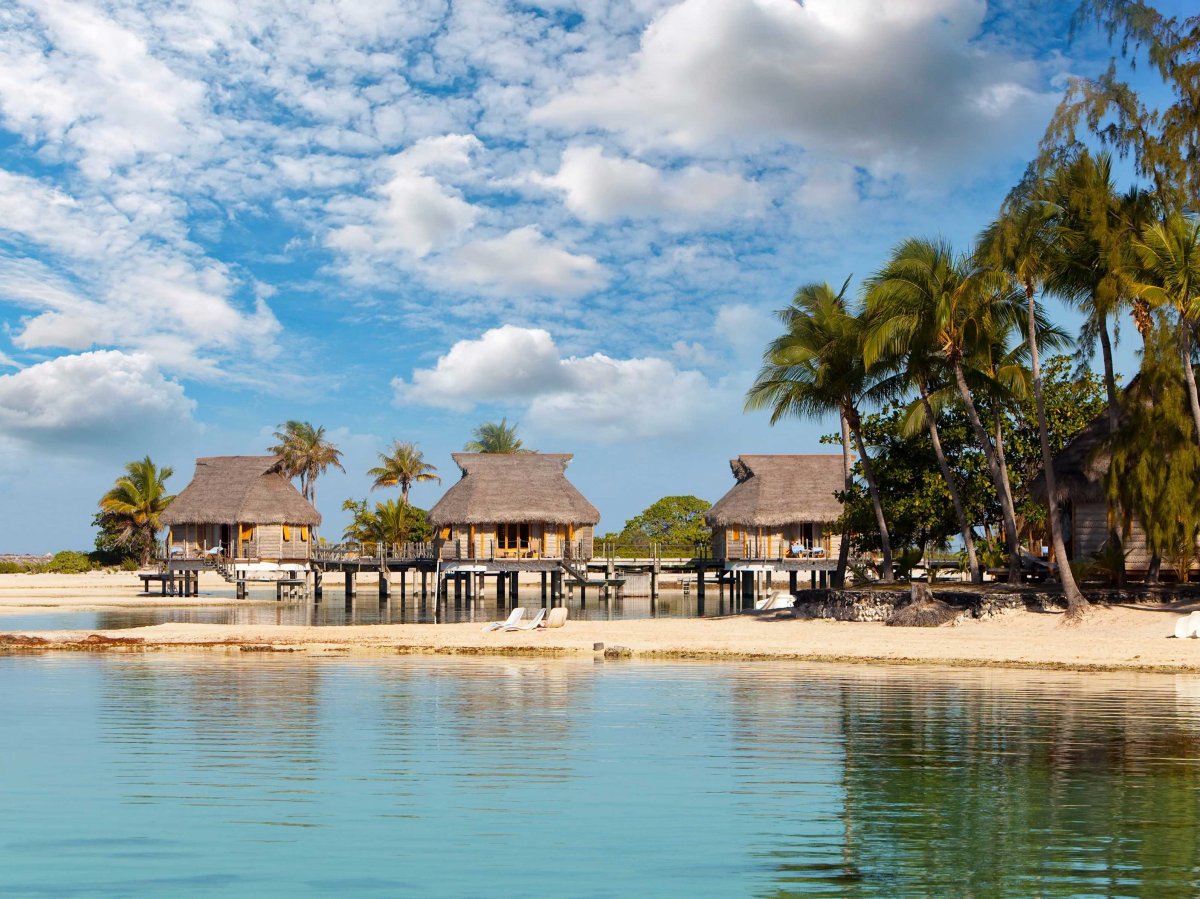








Discussion about this post